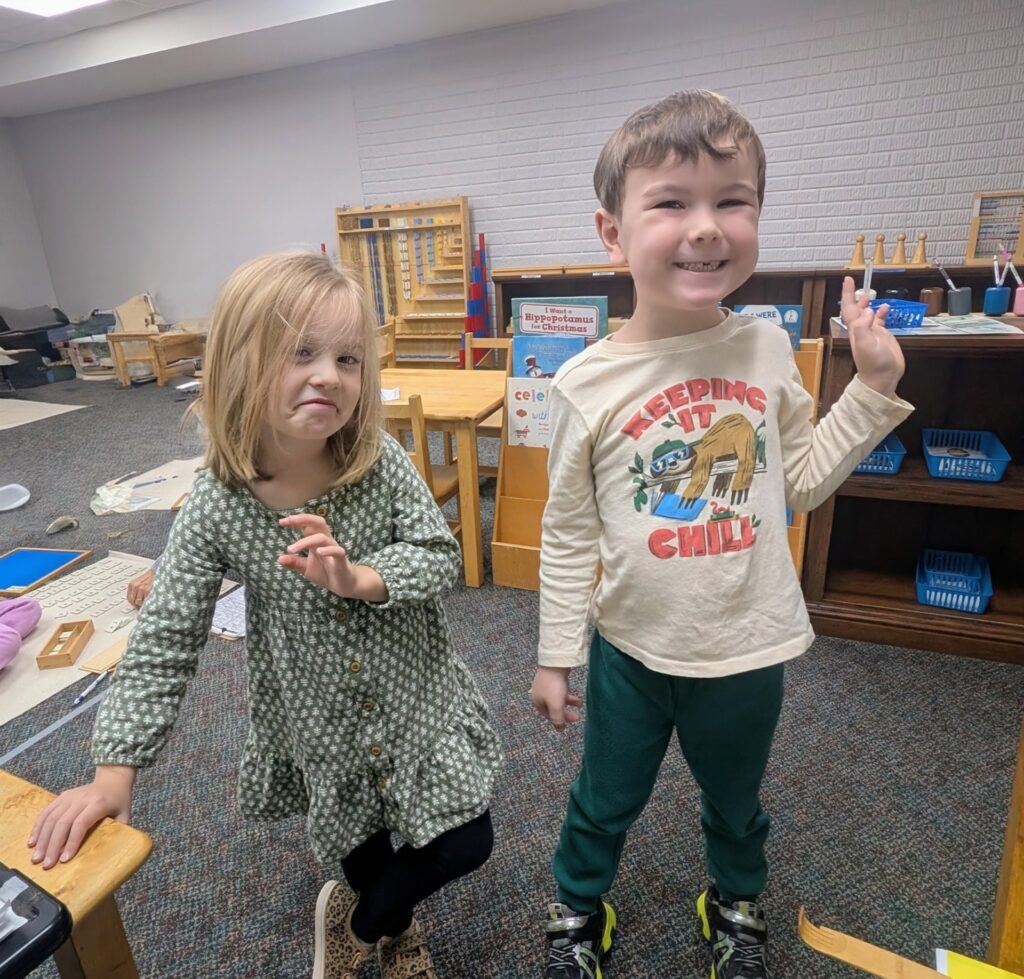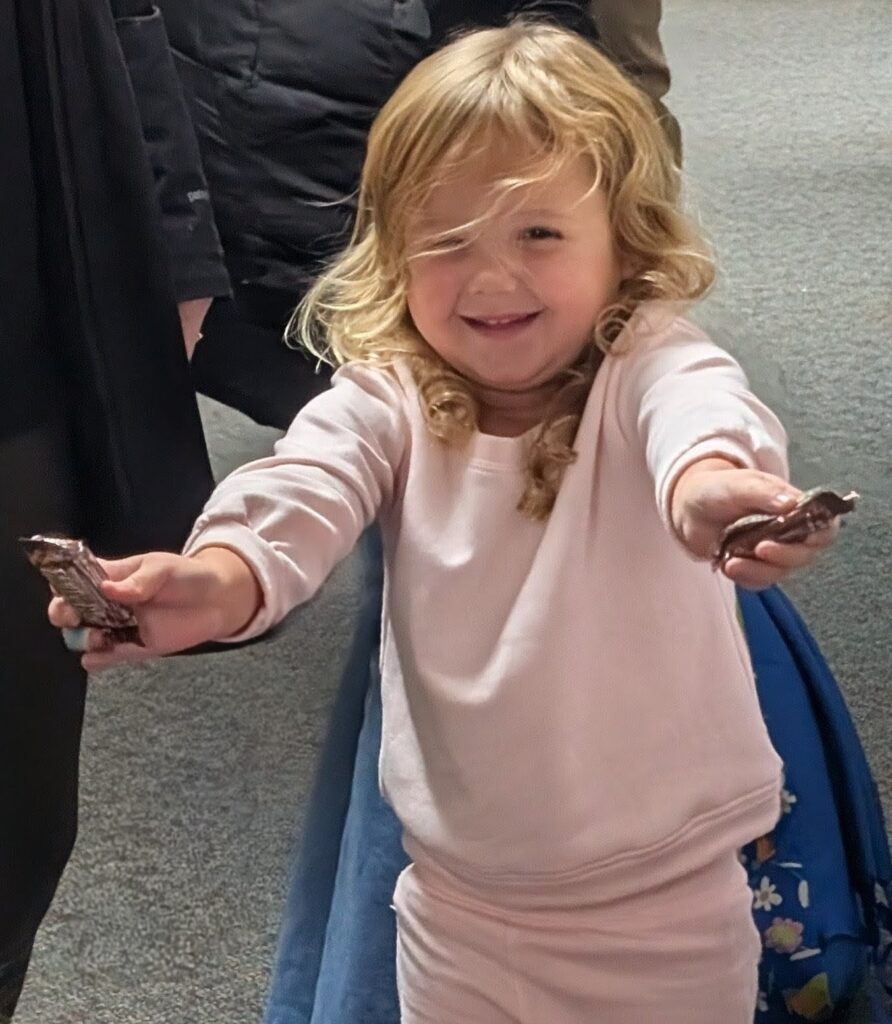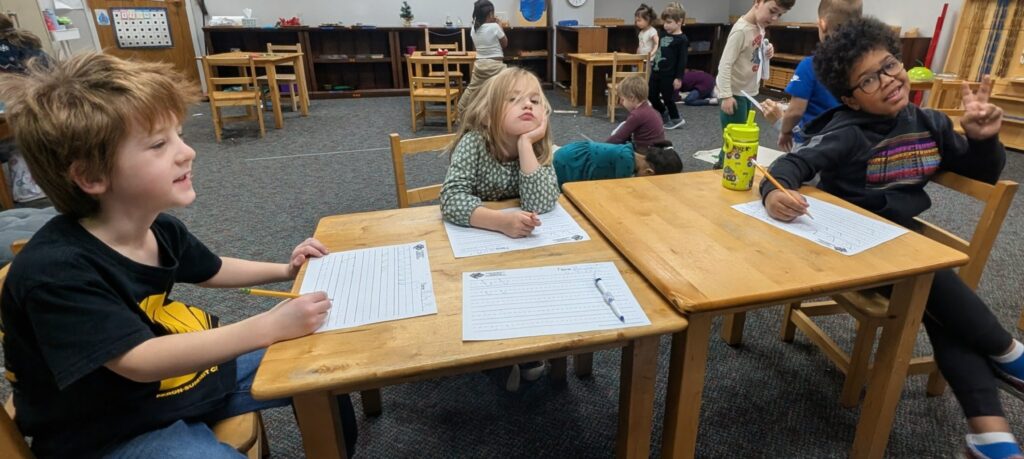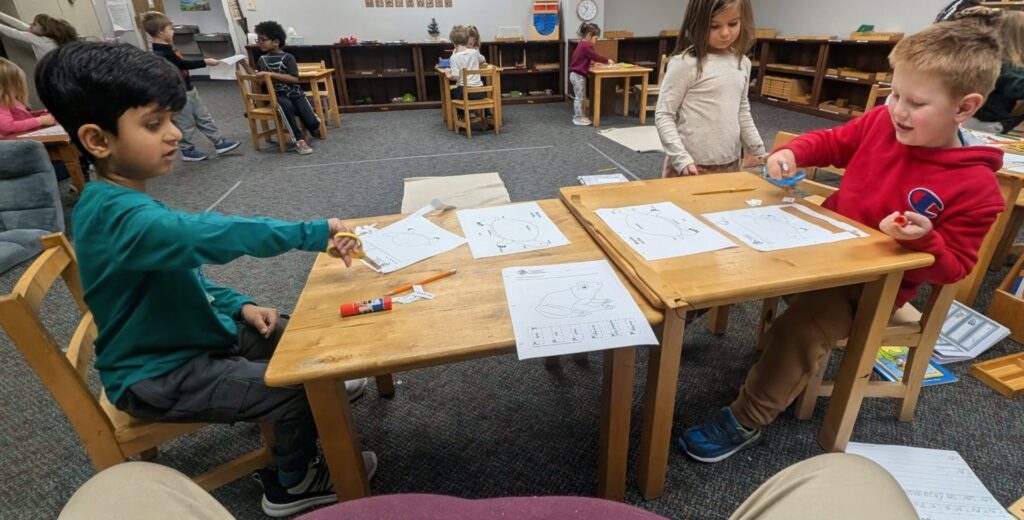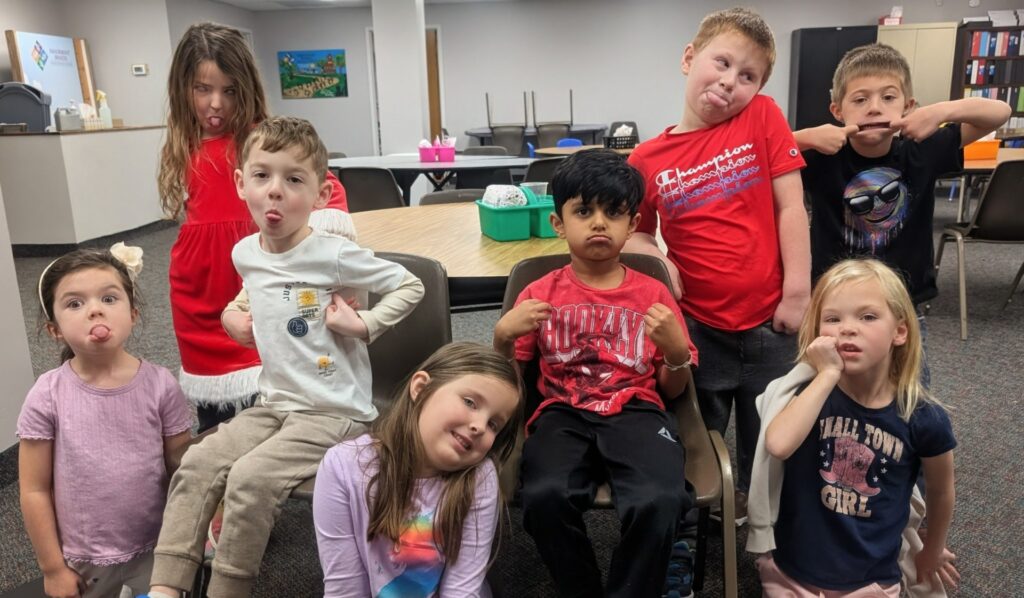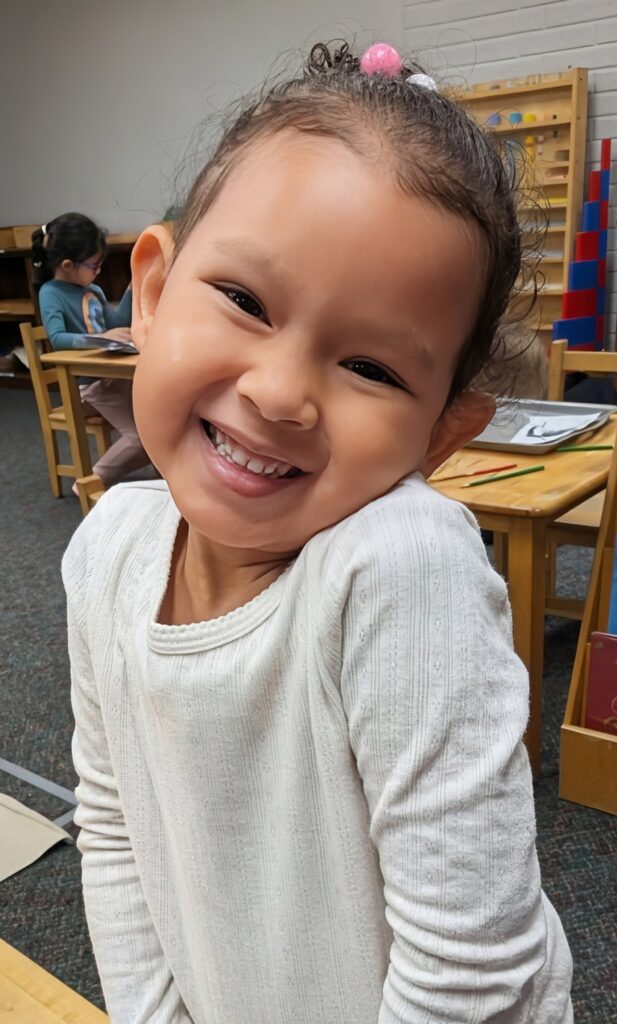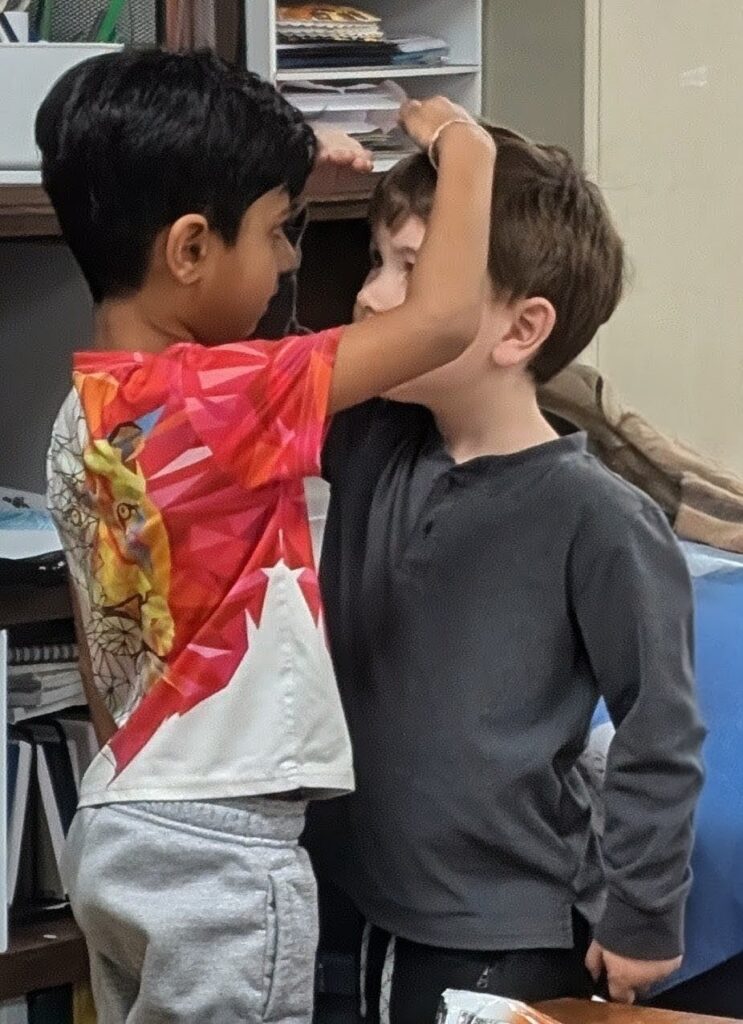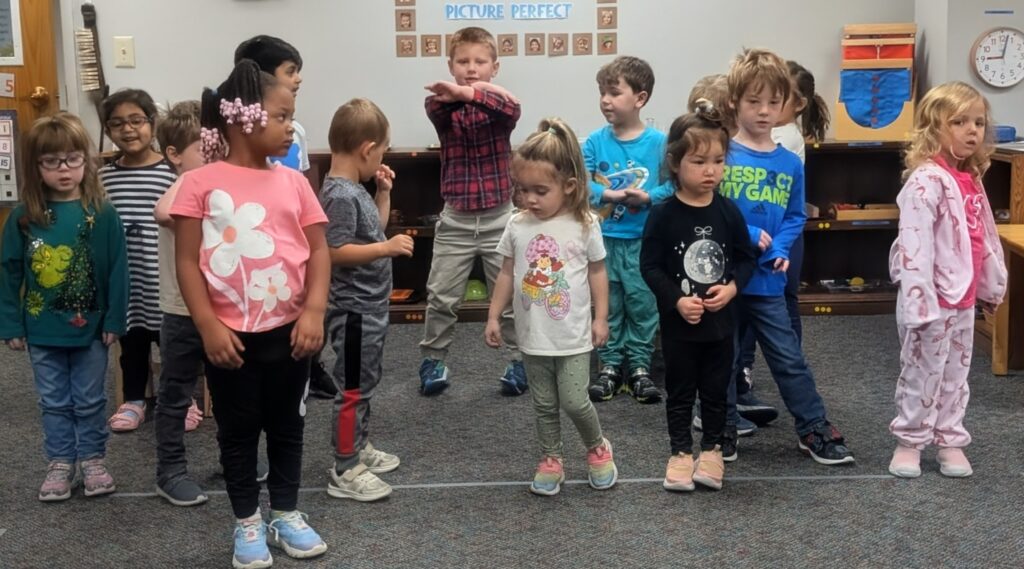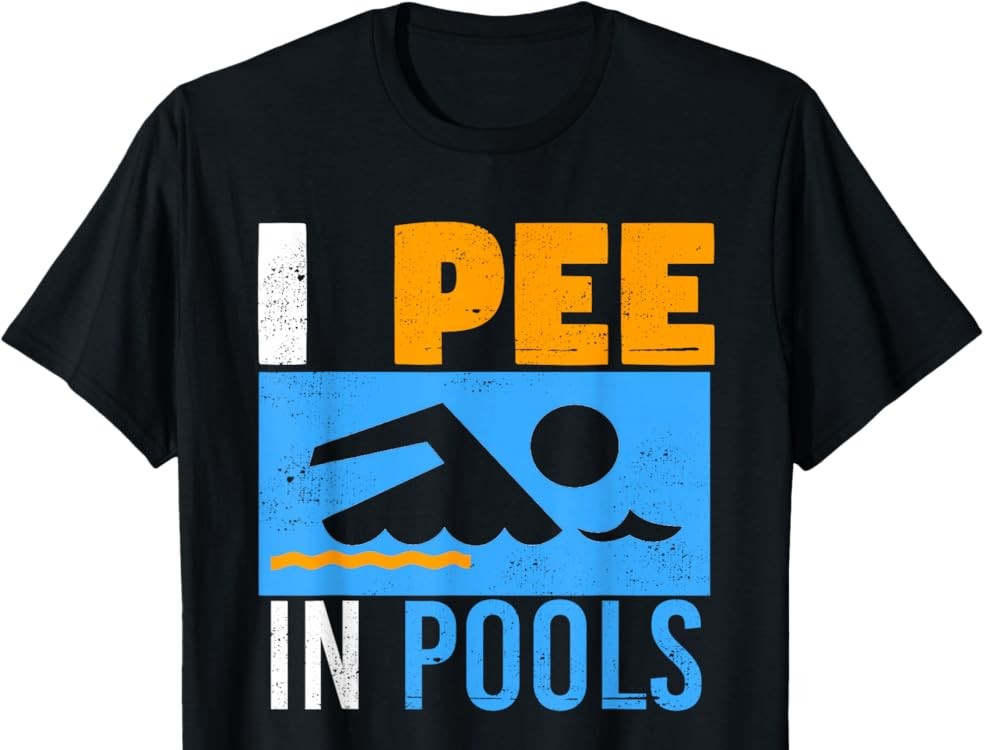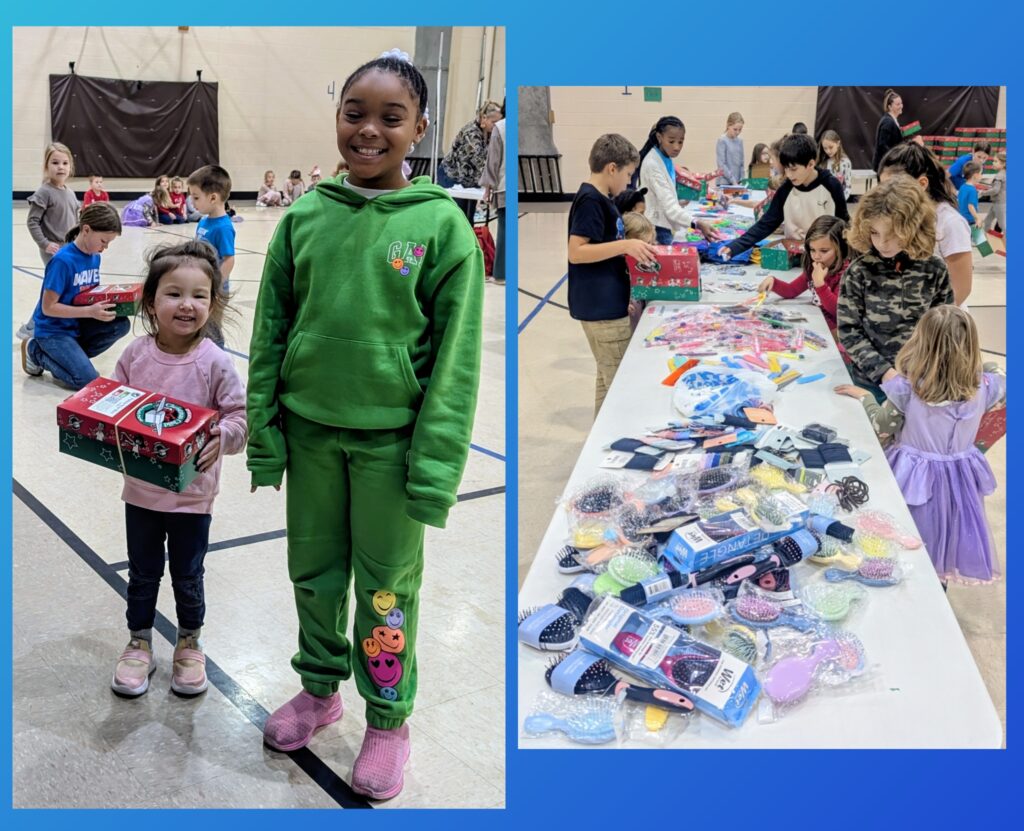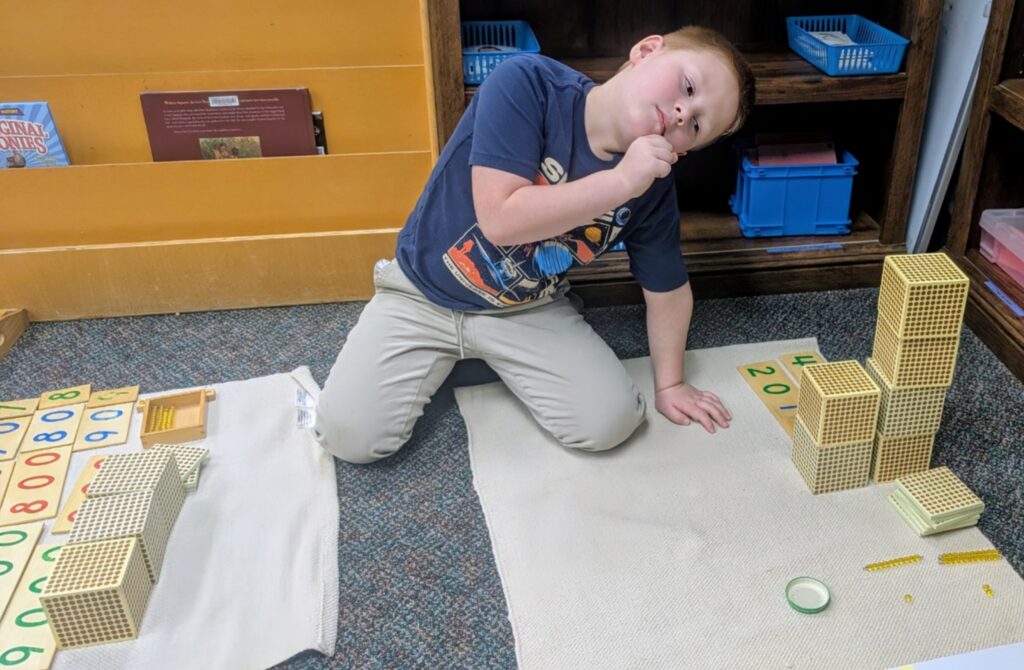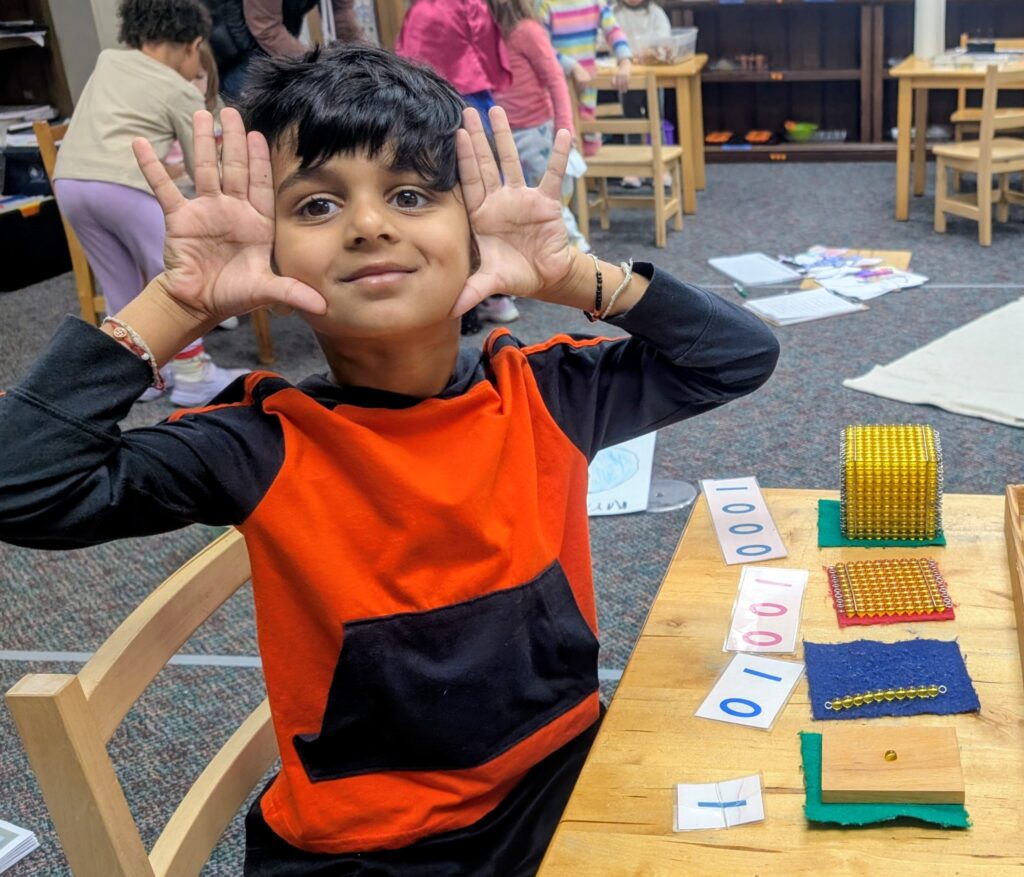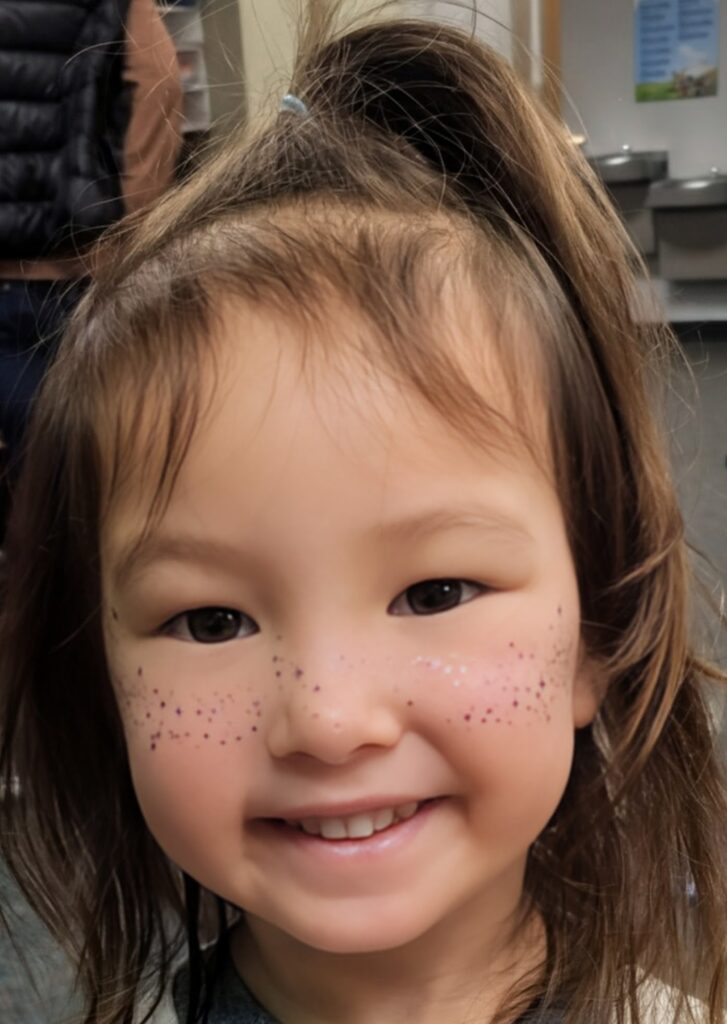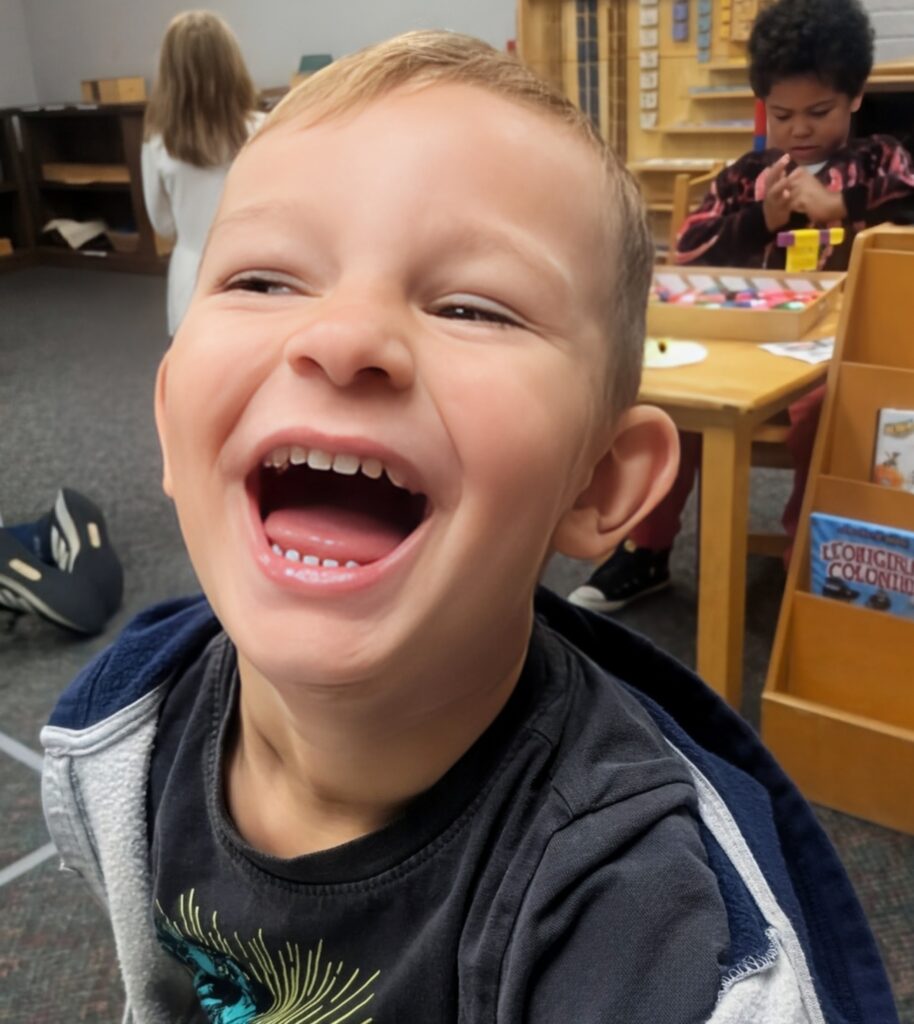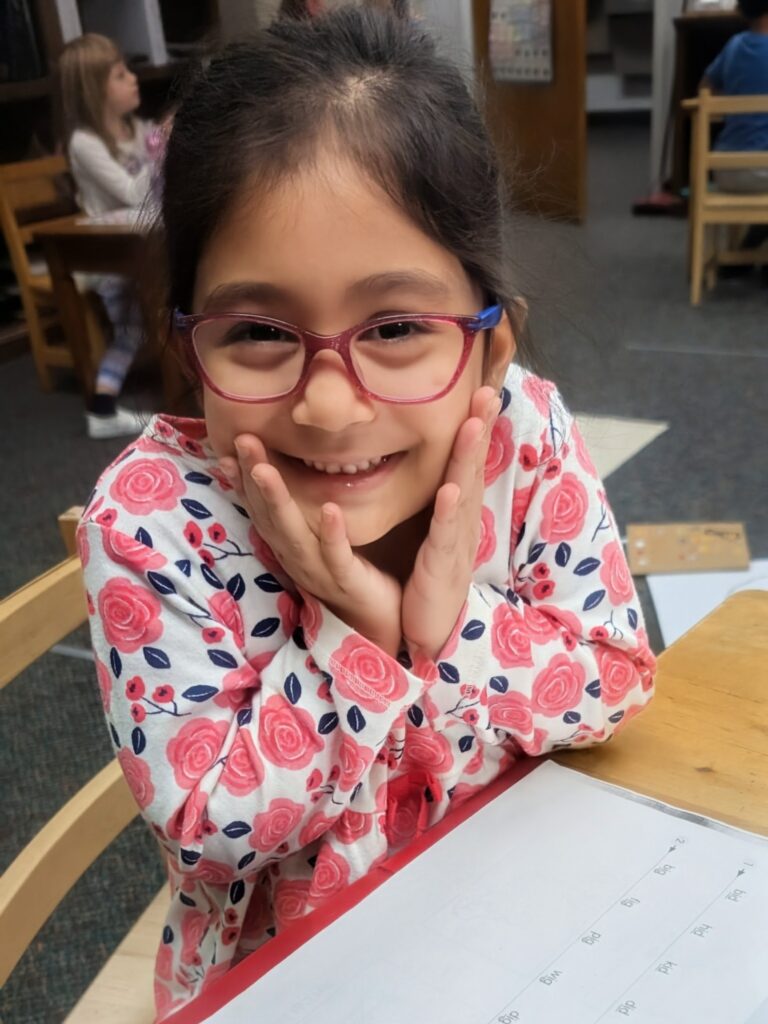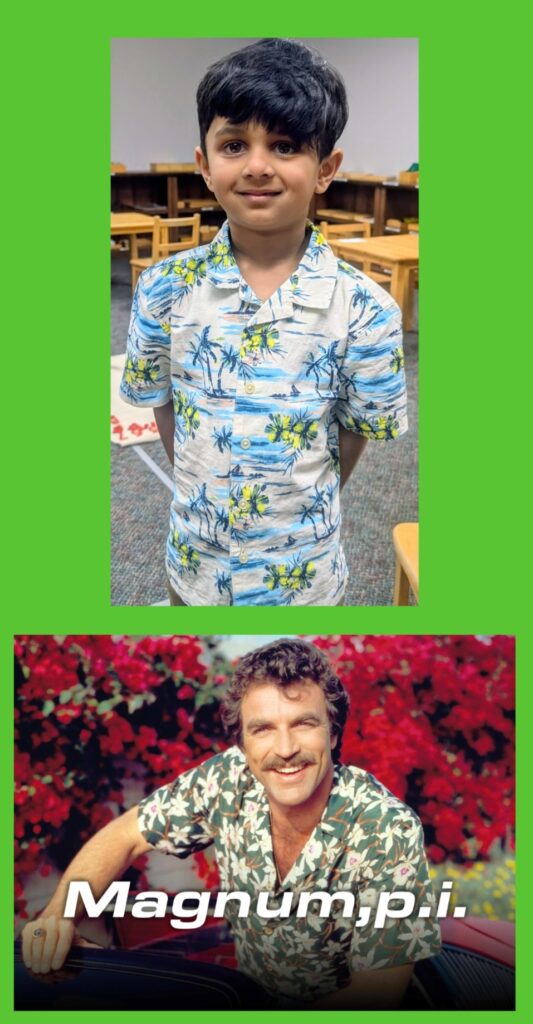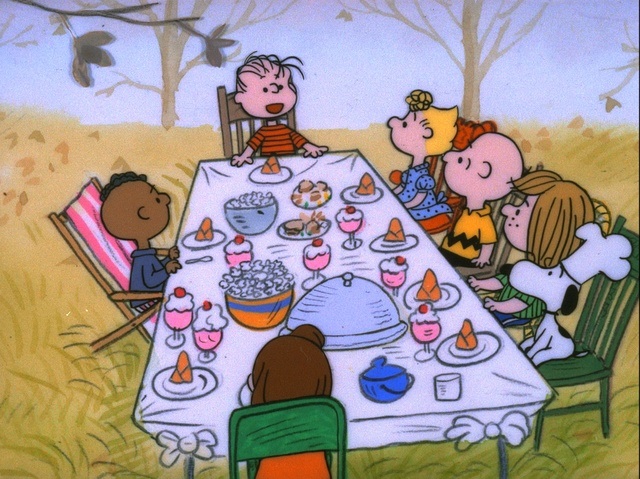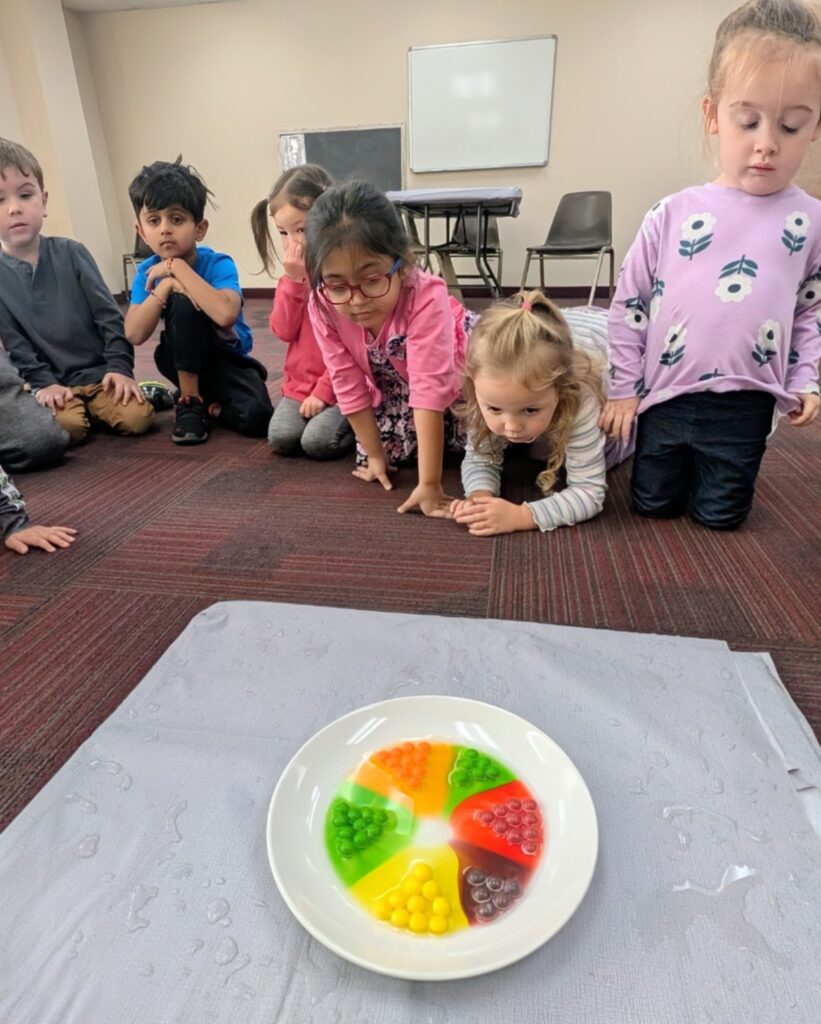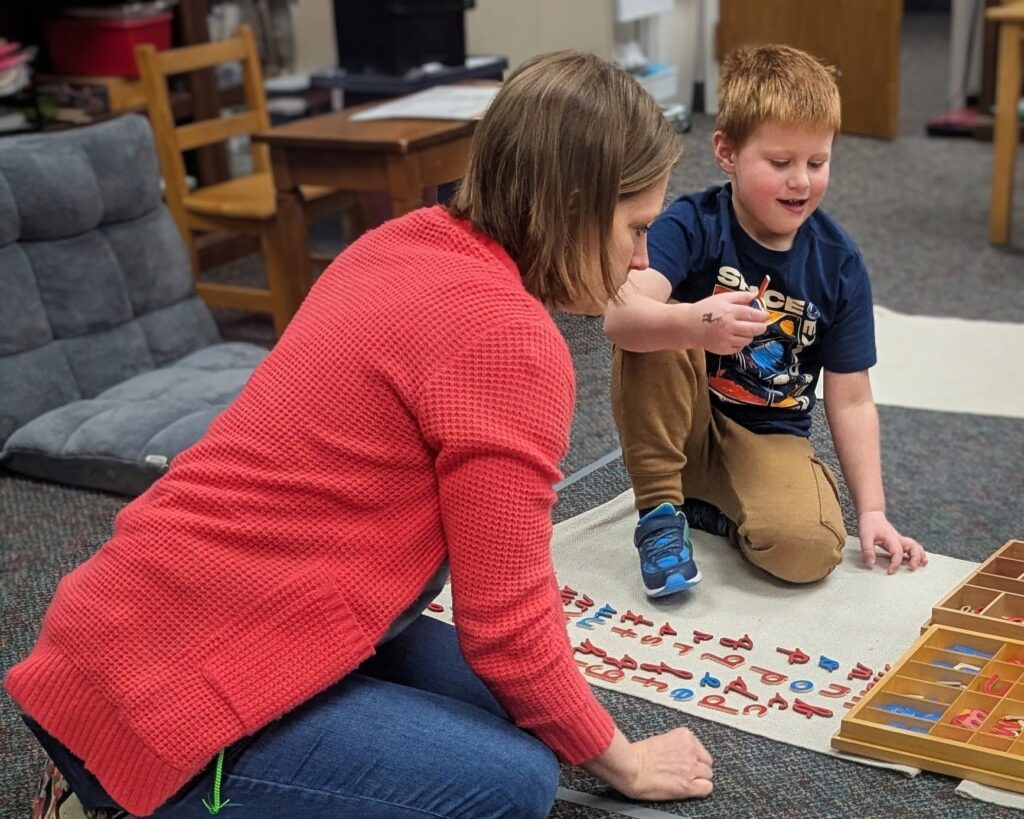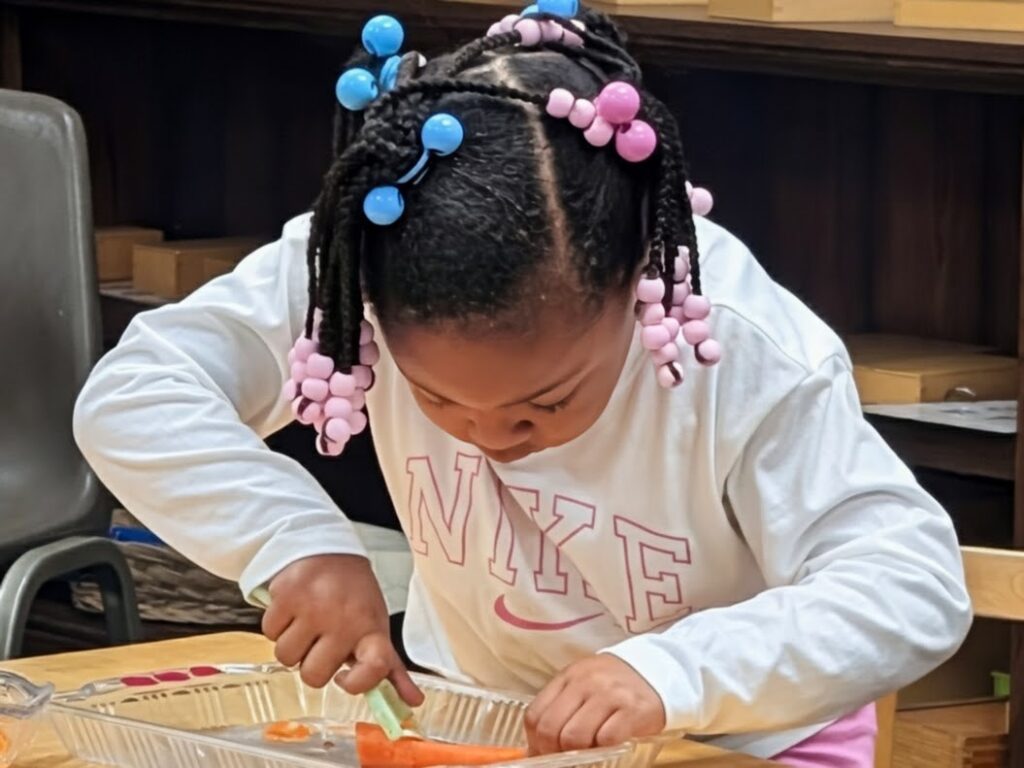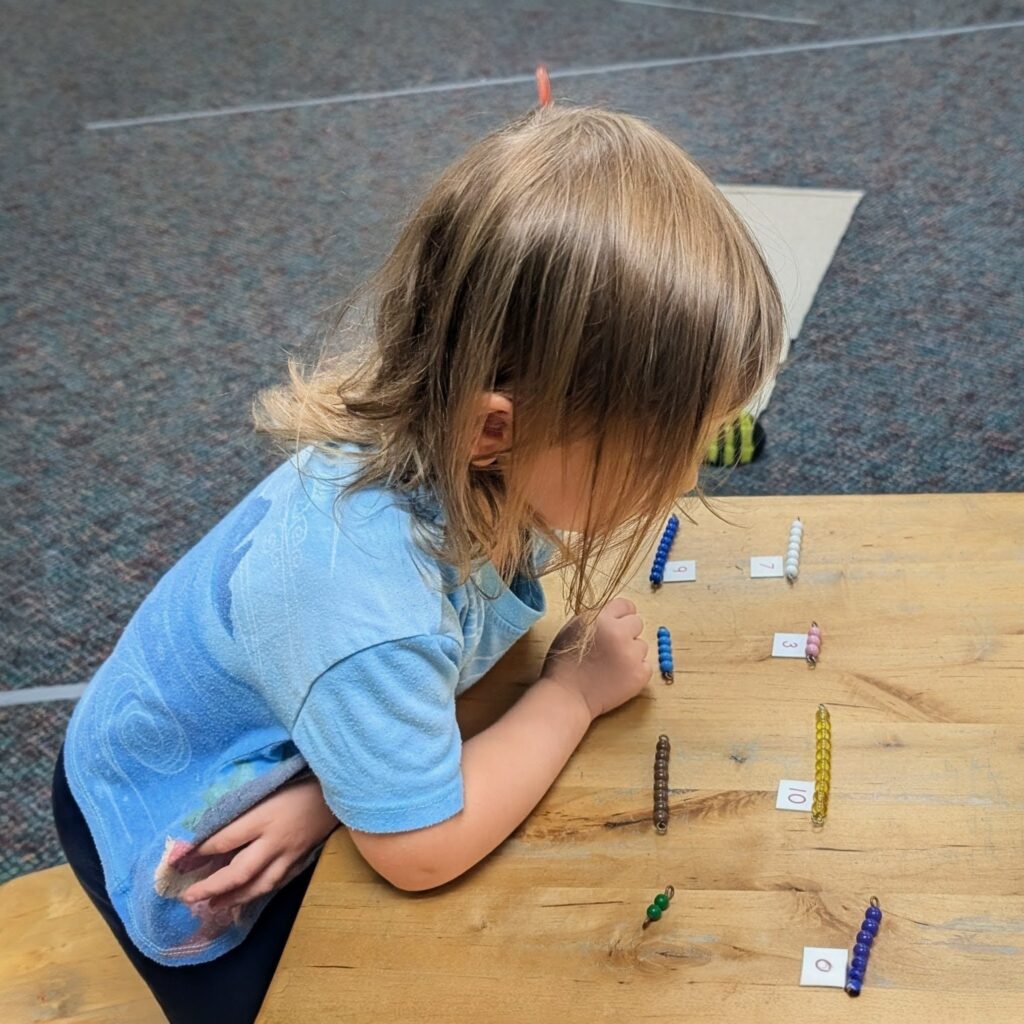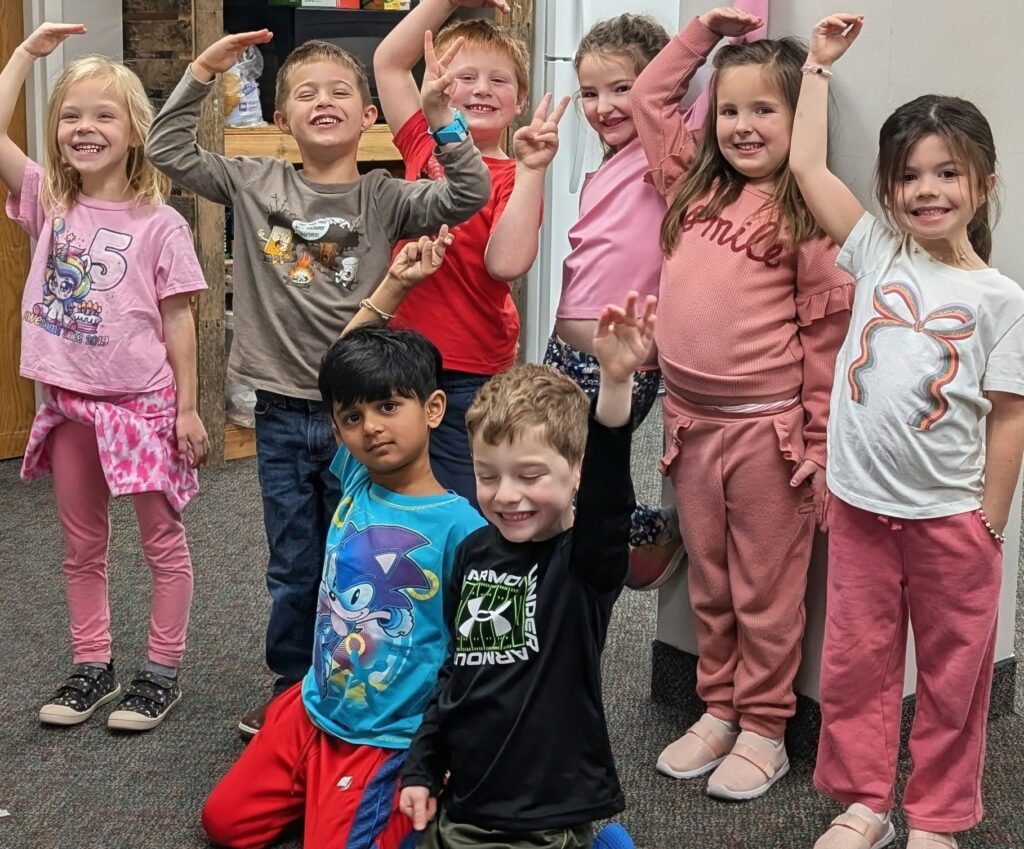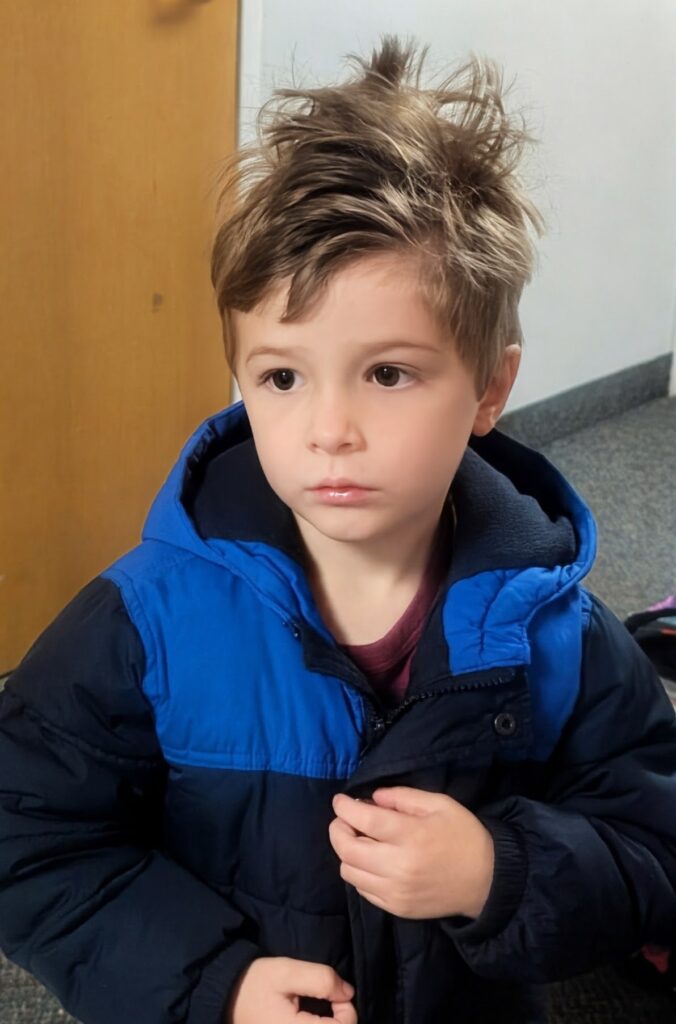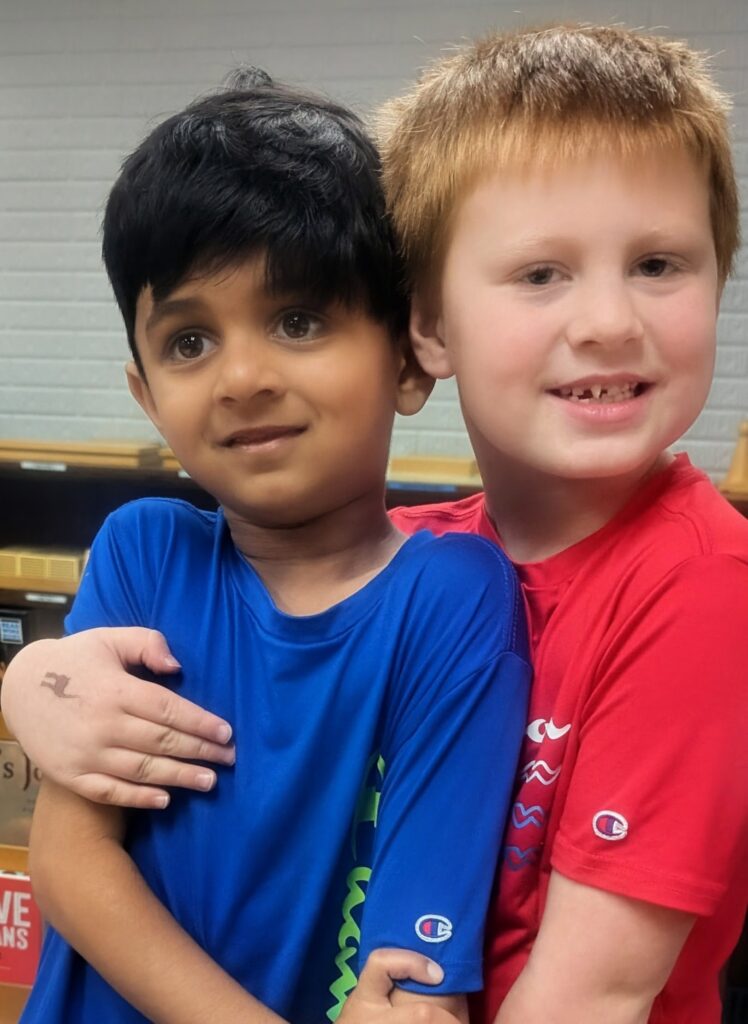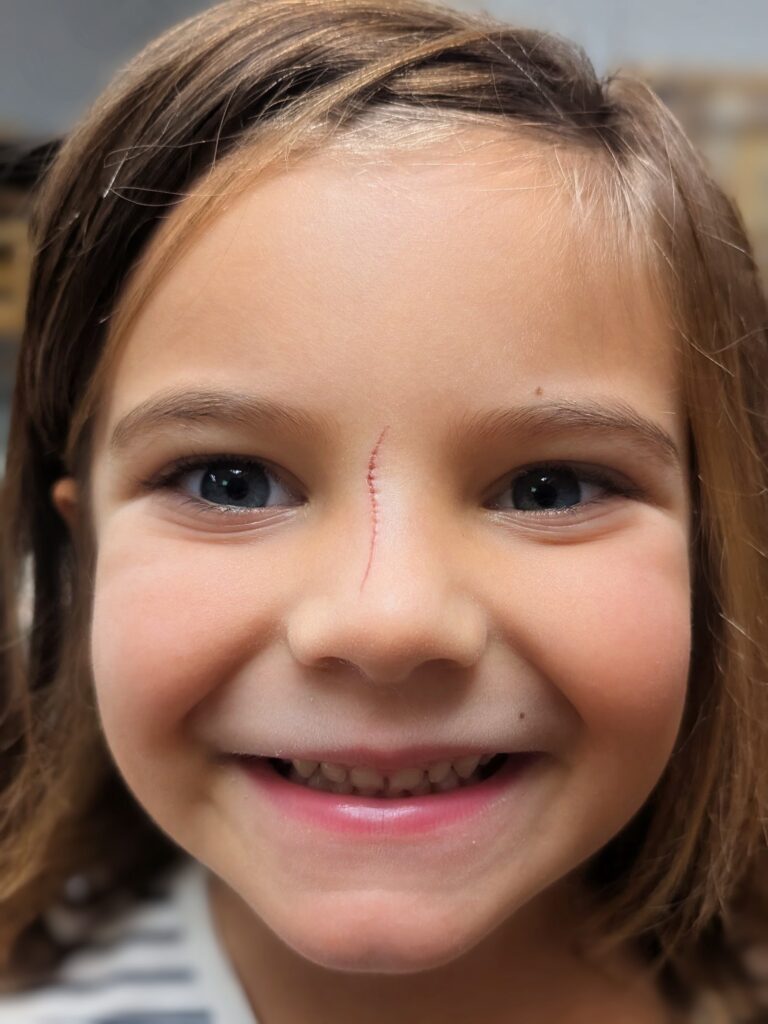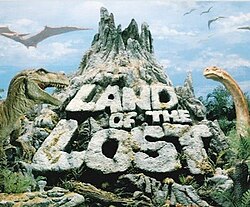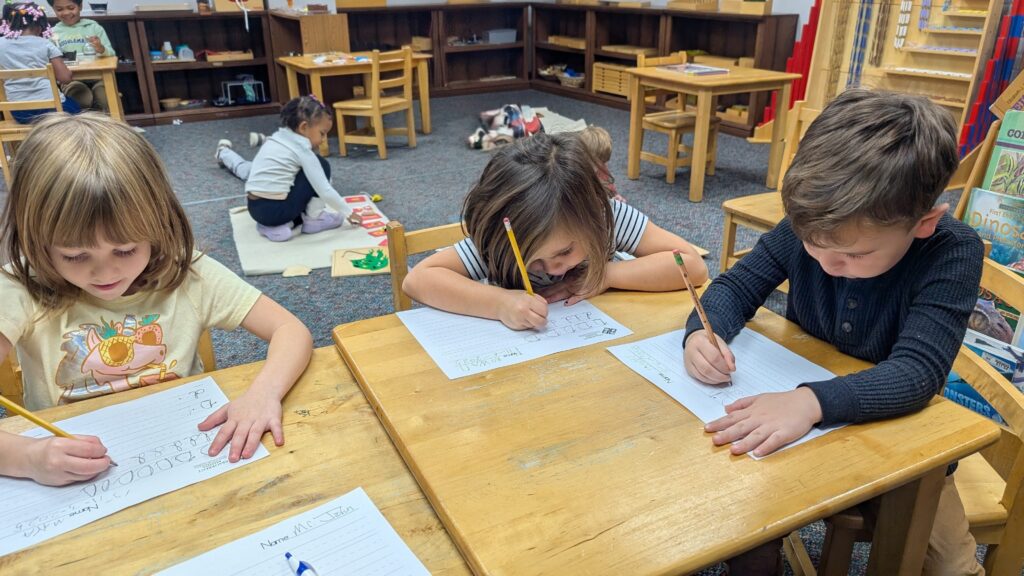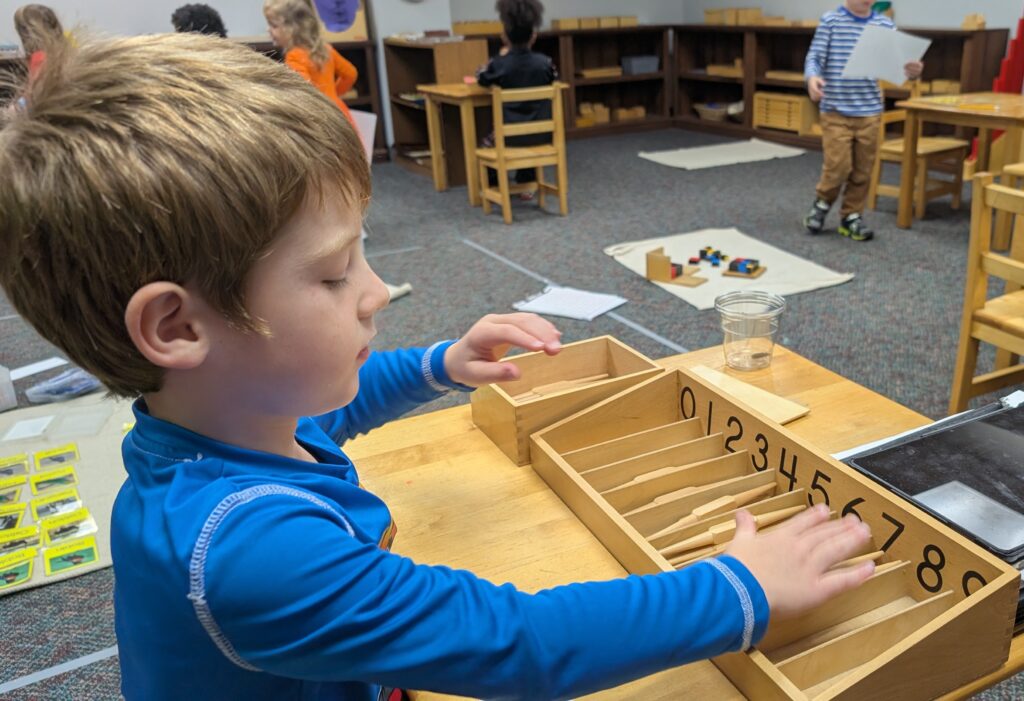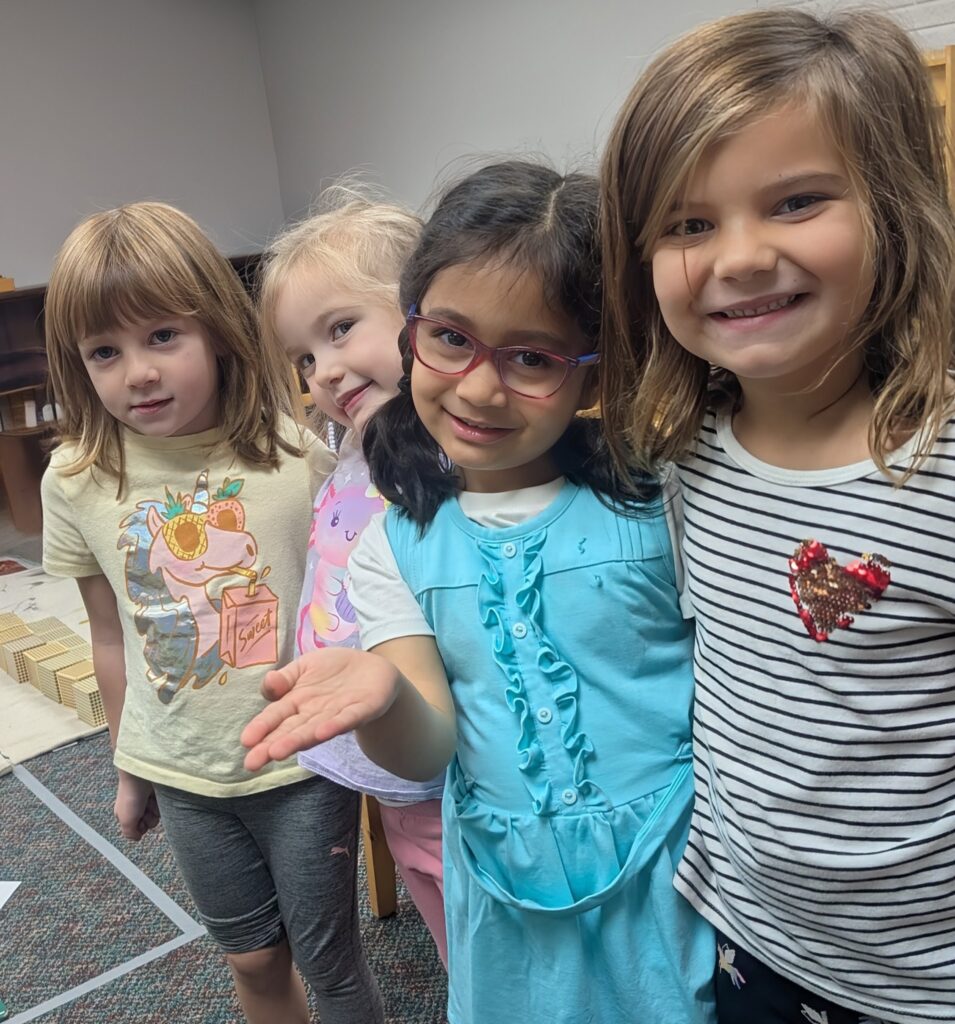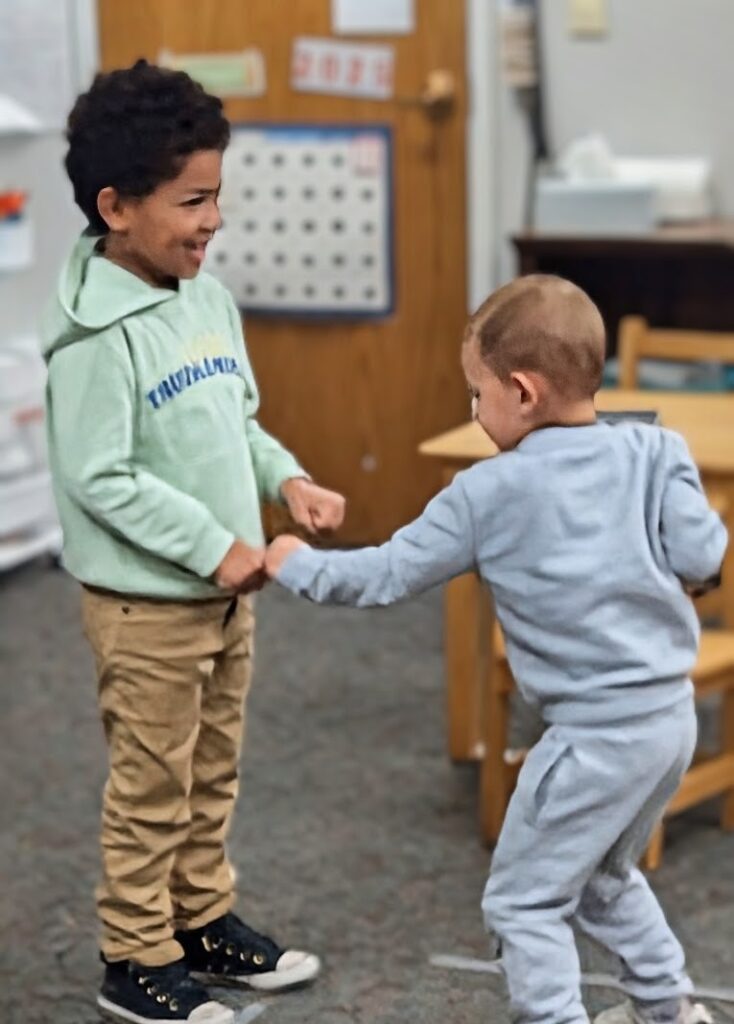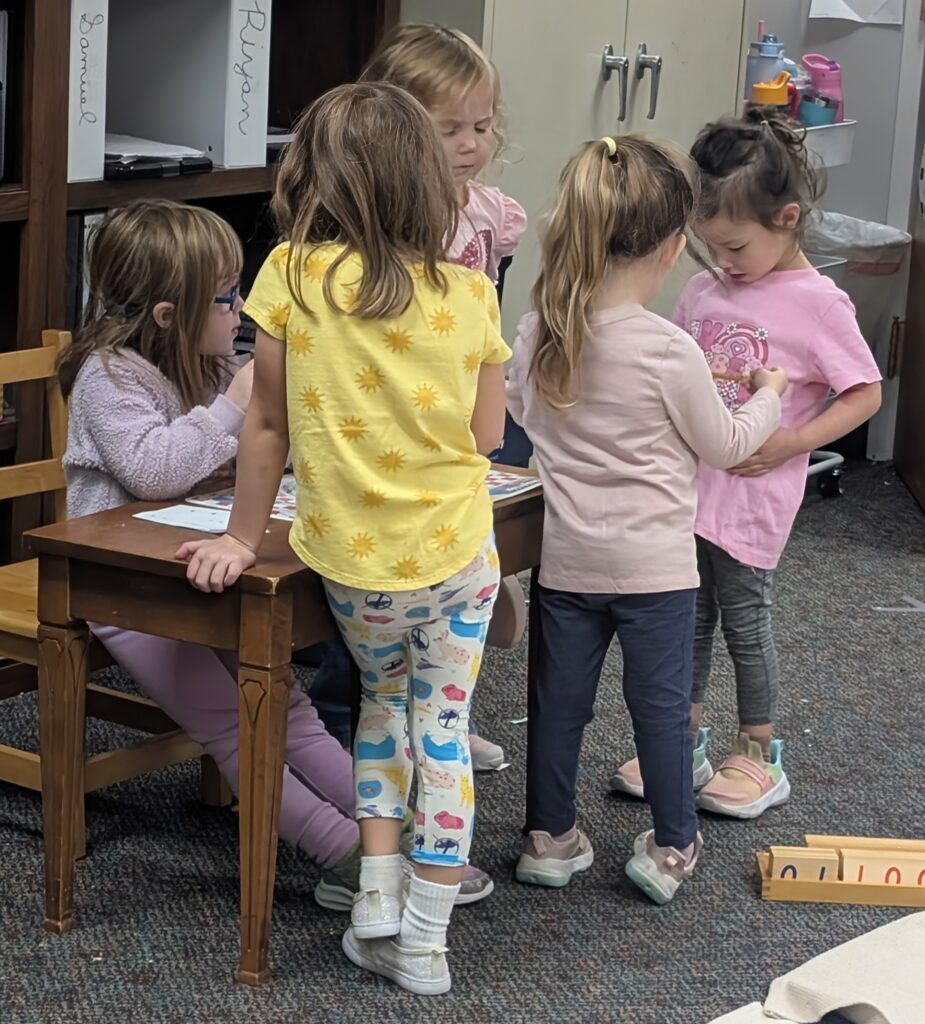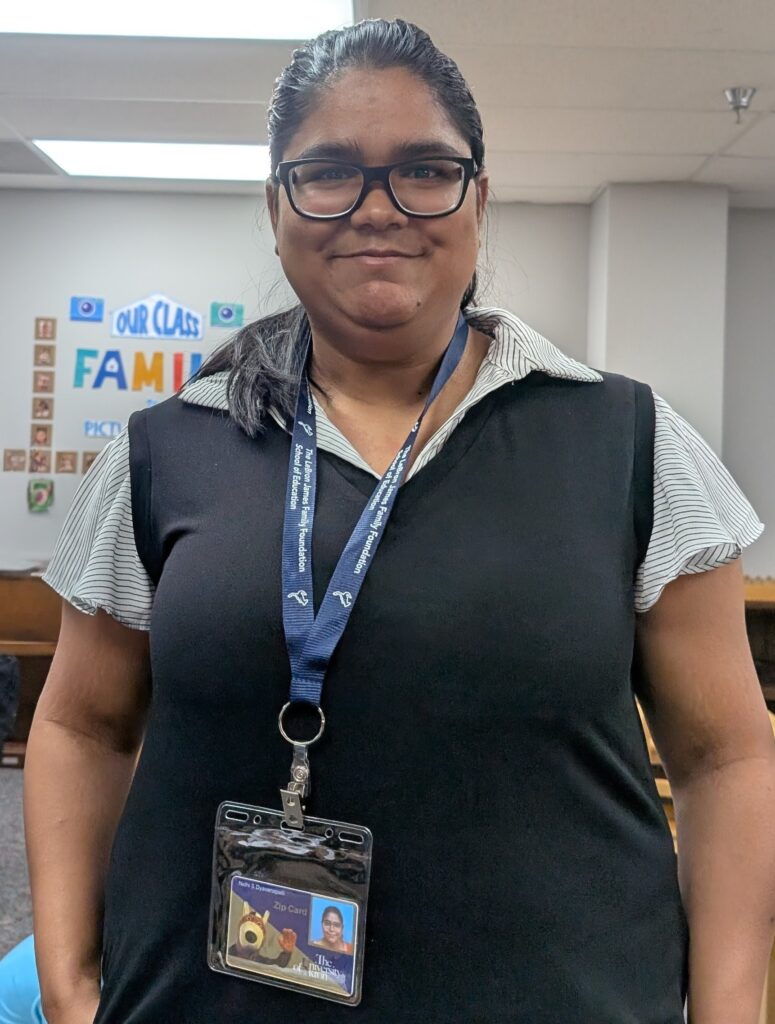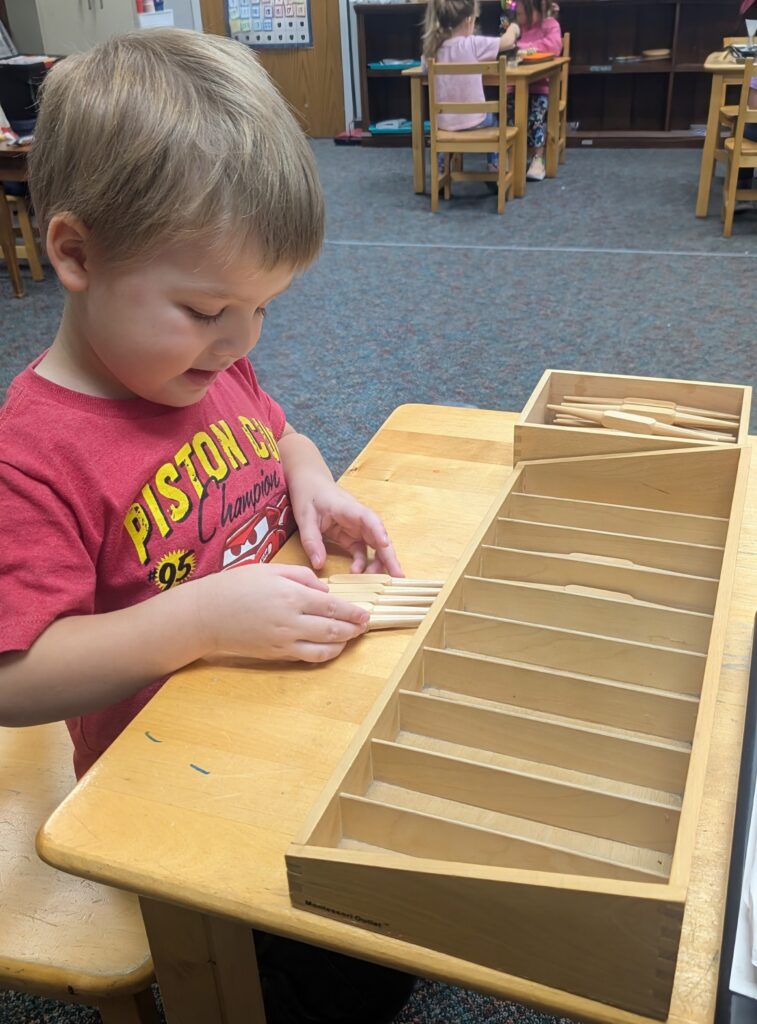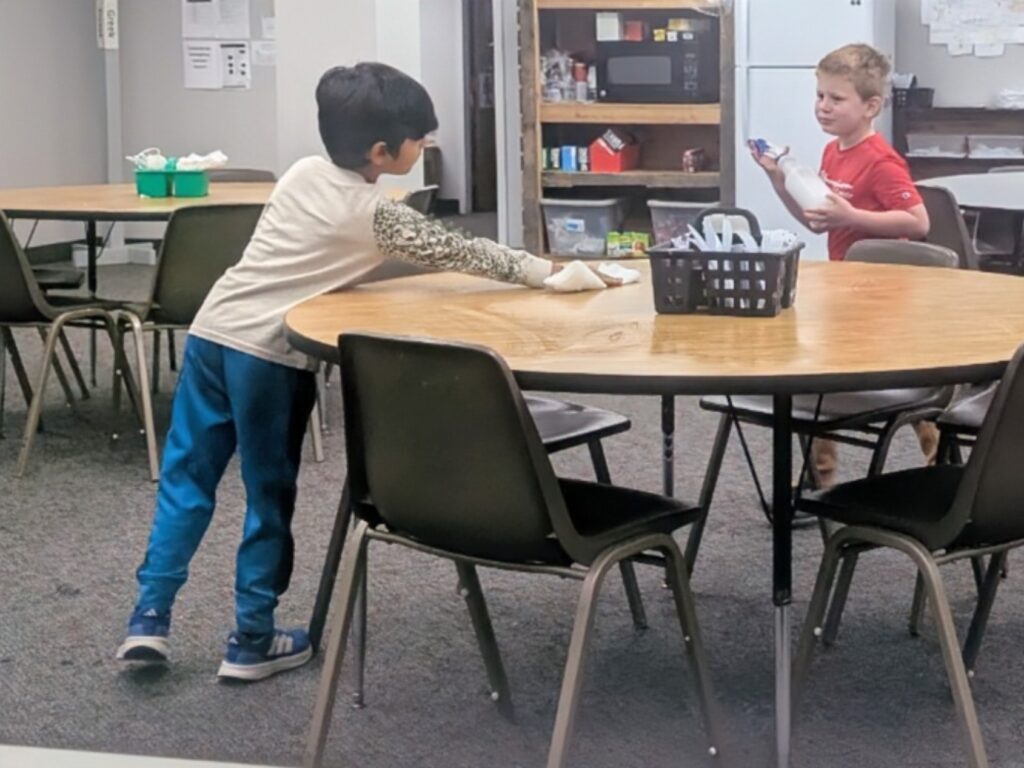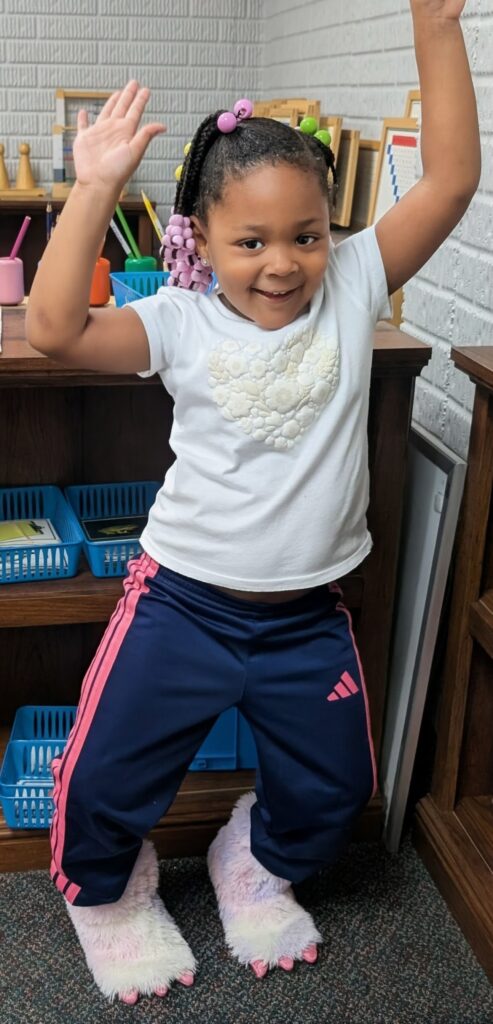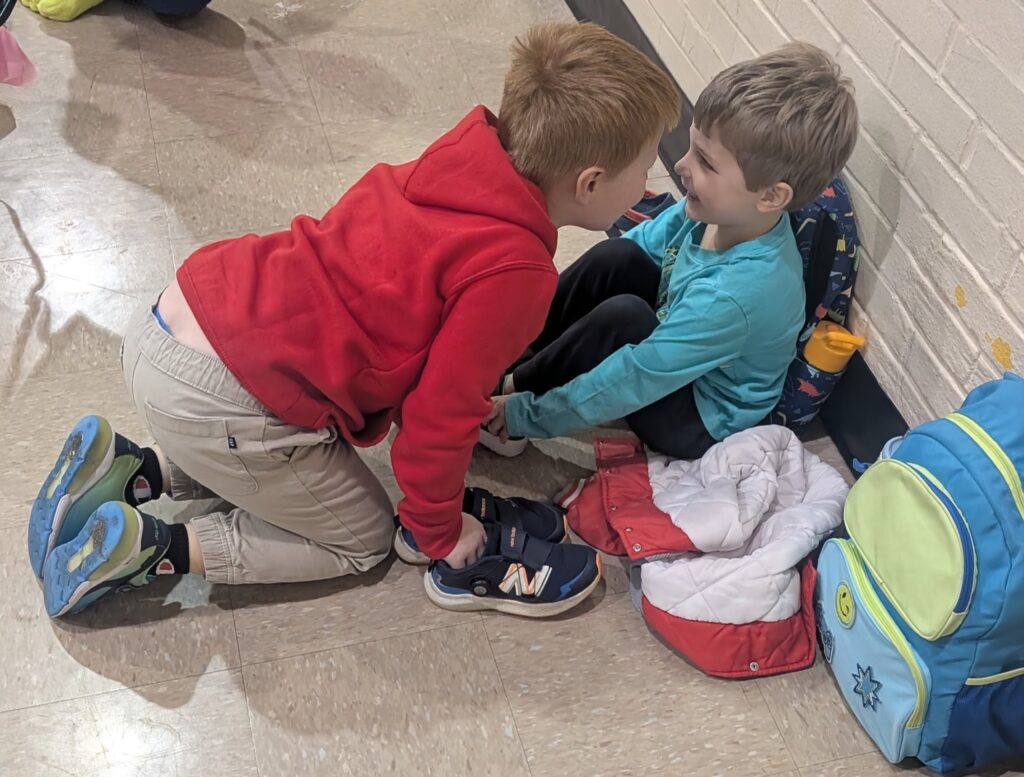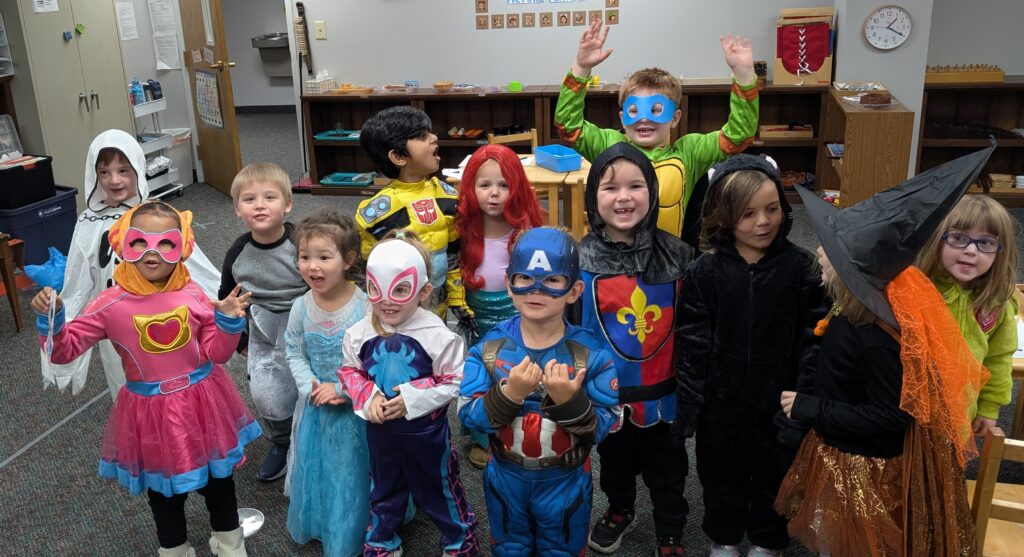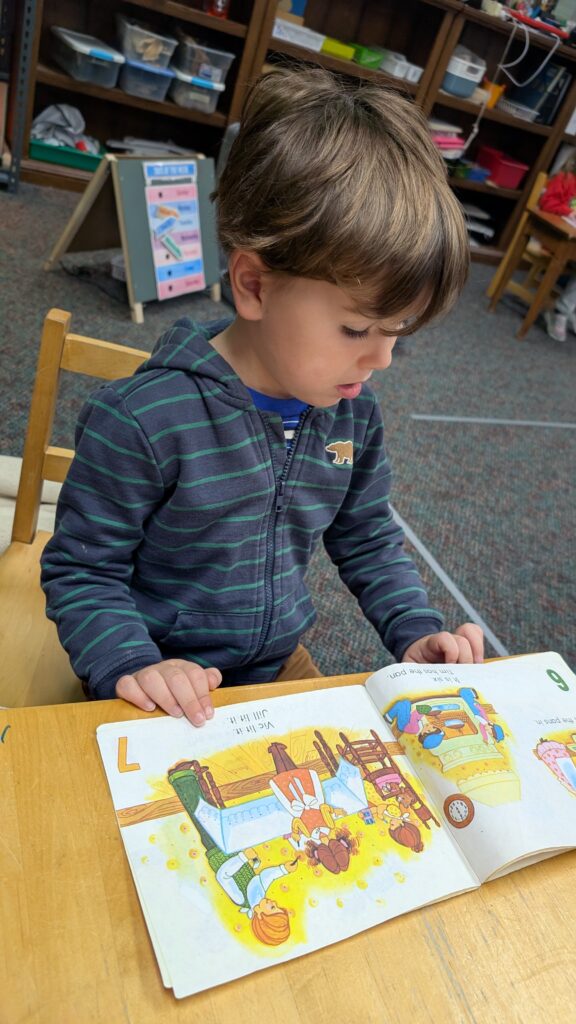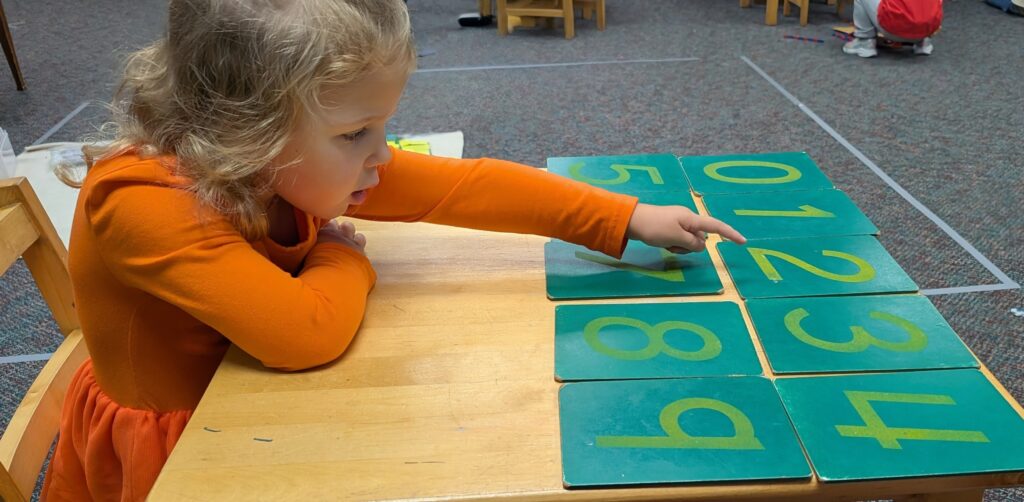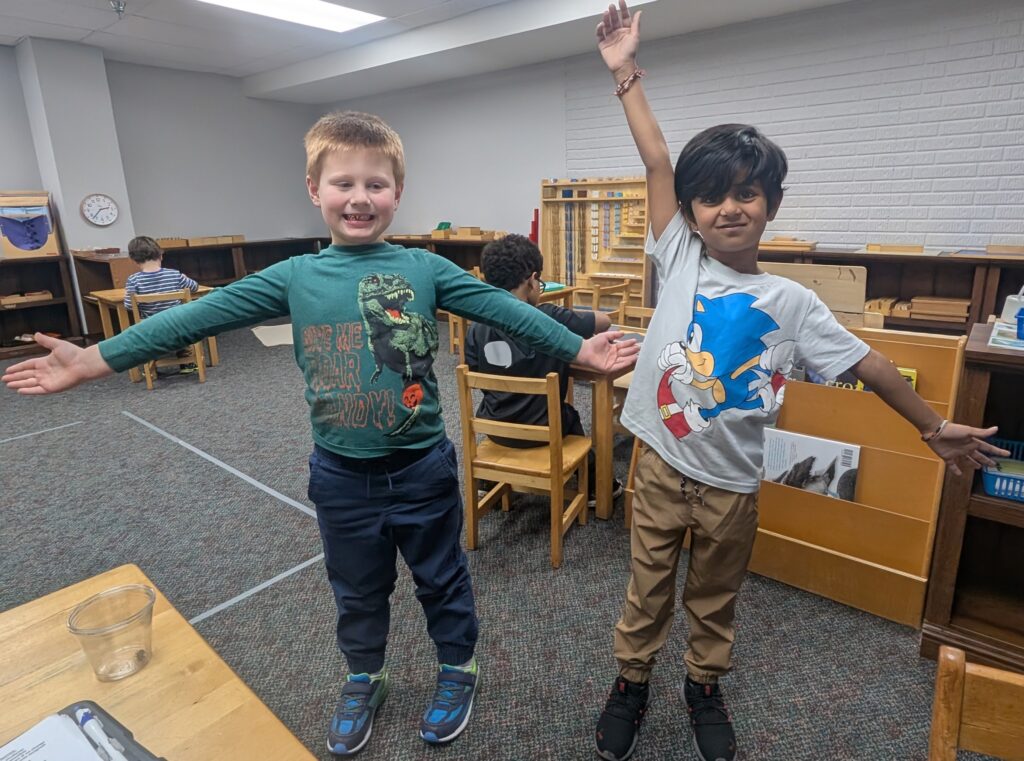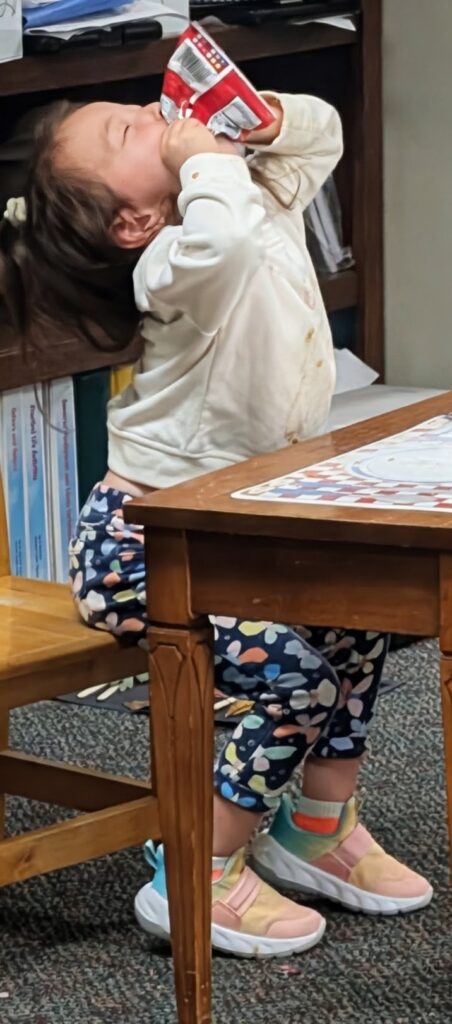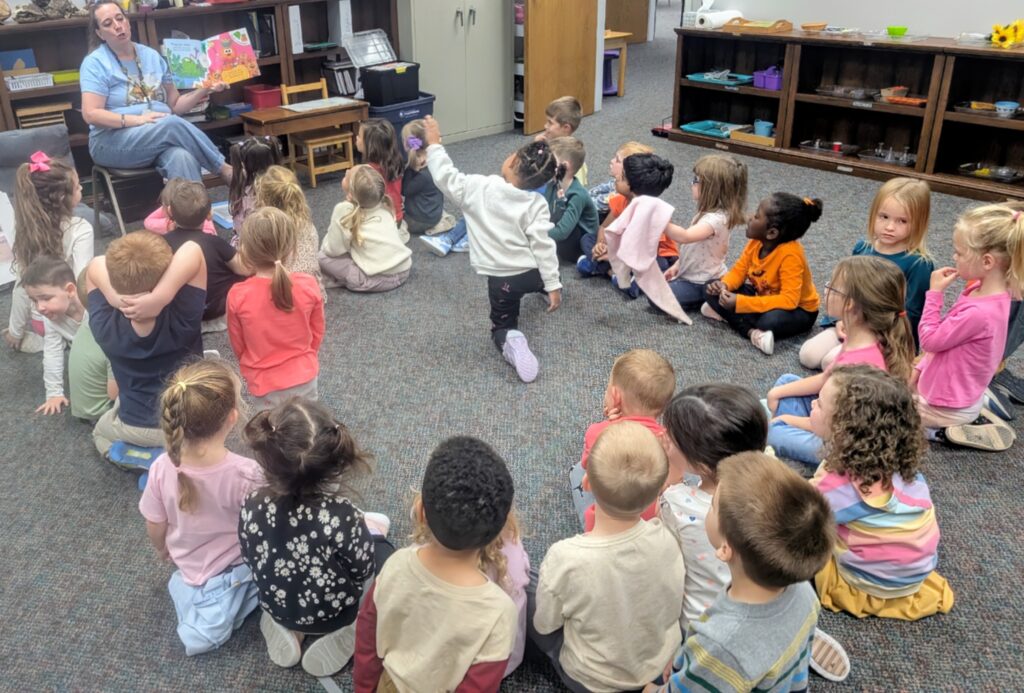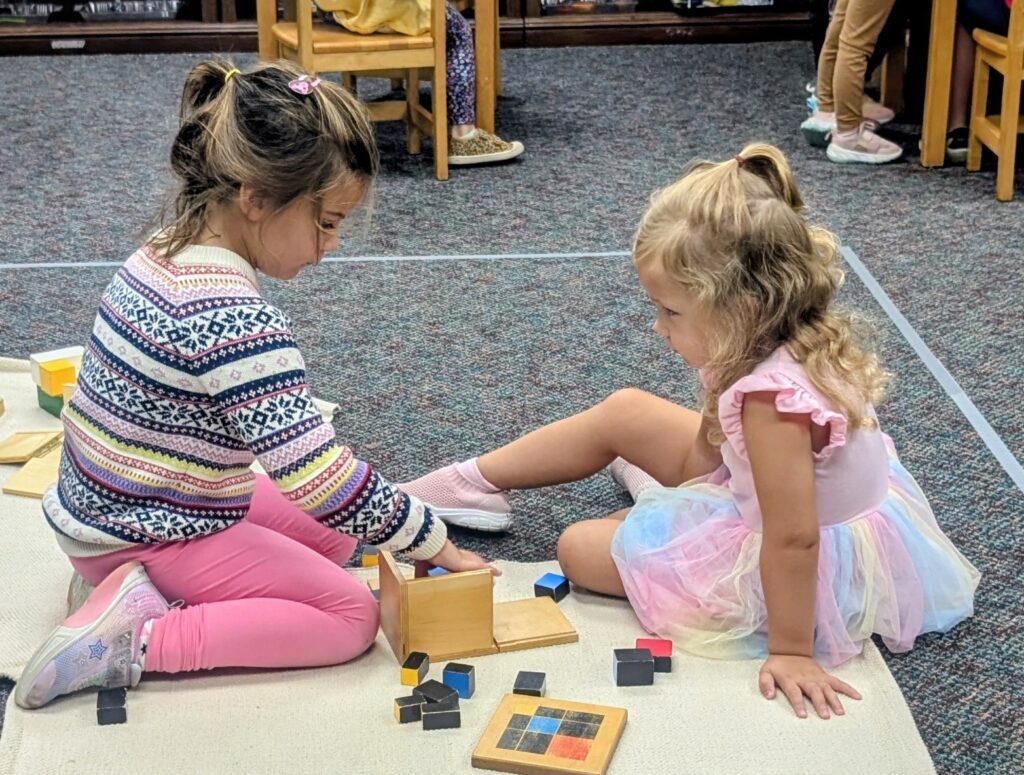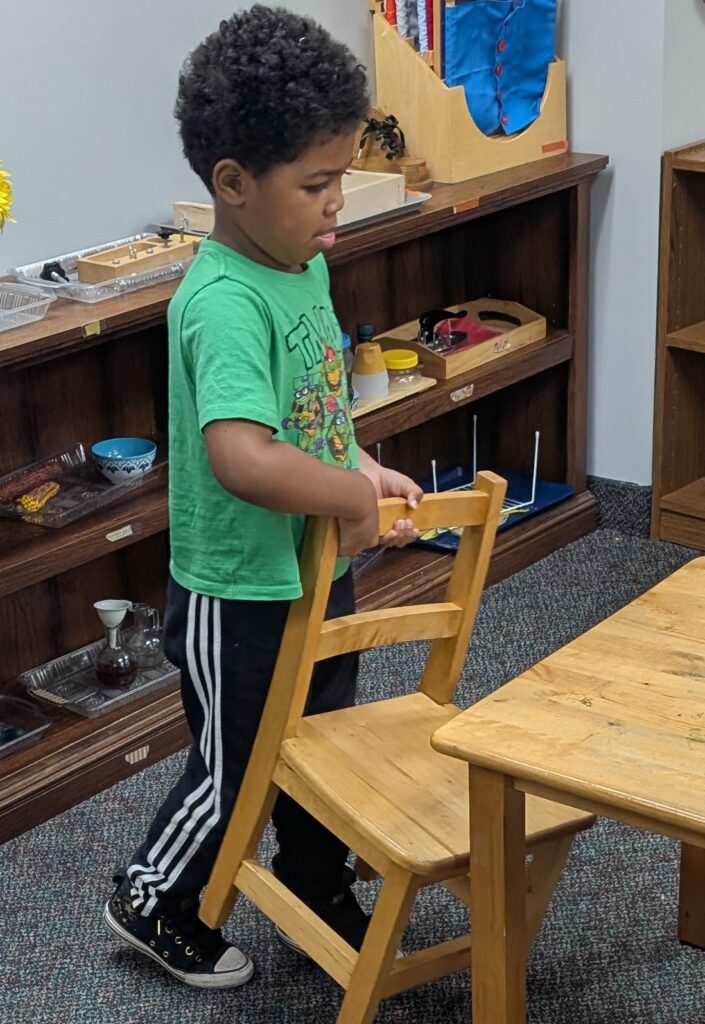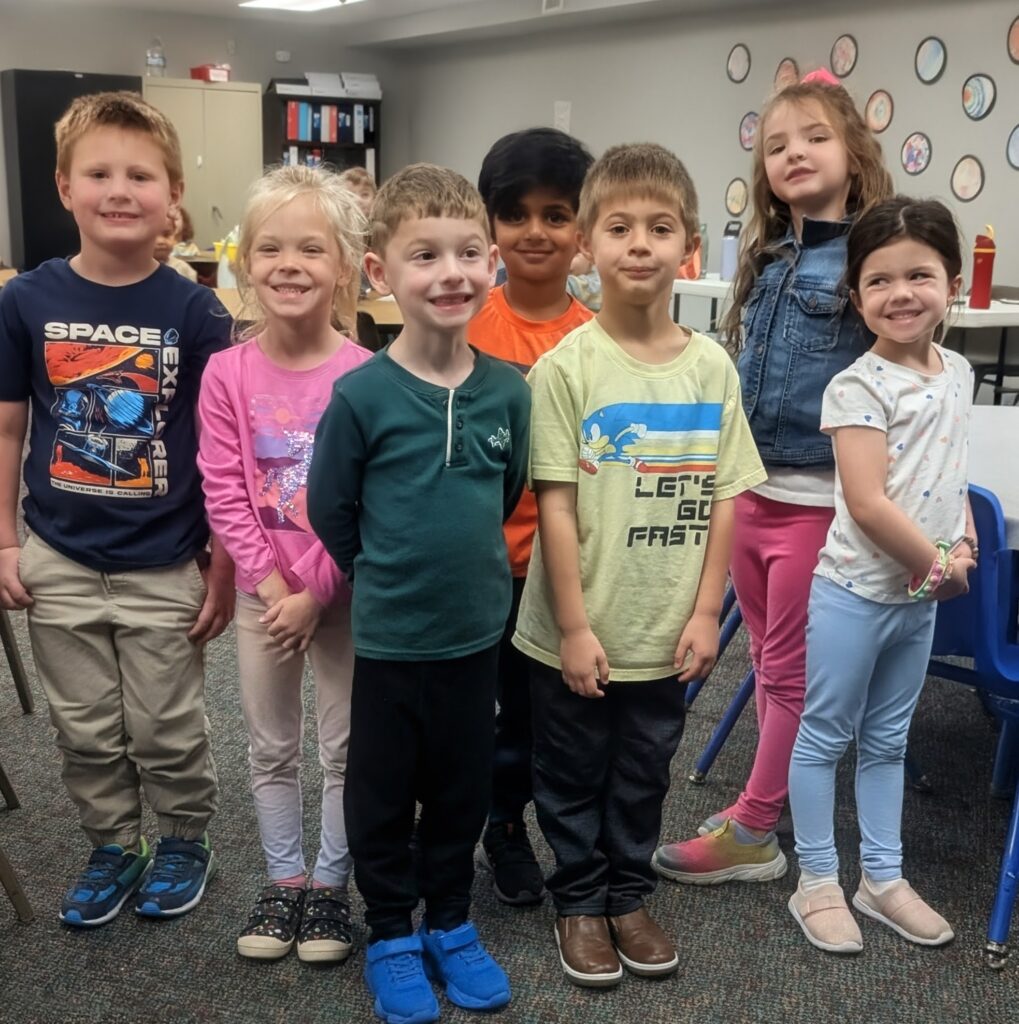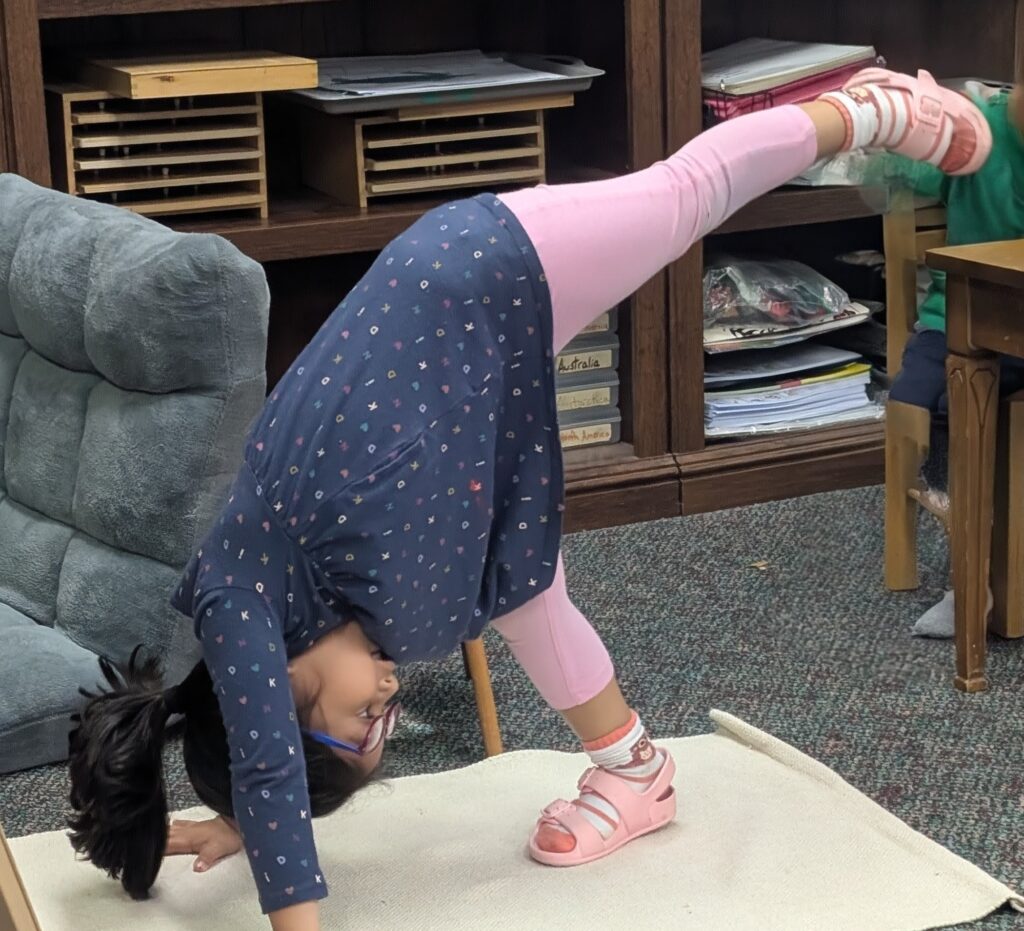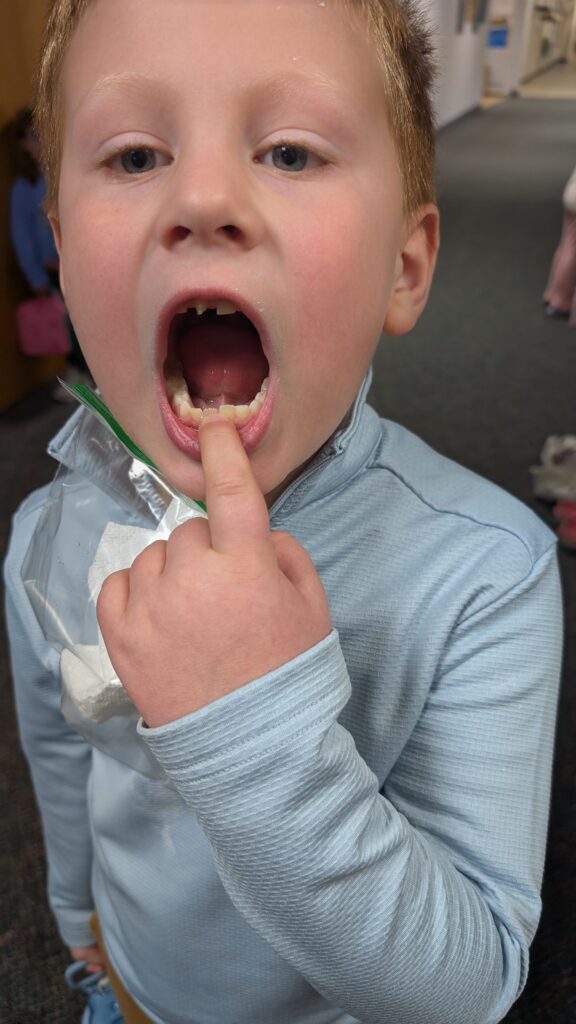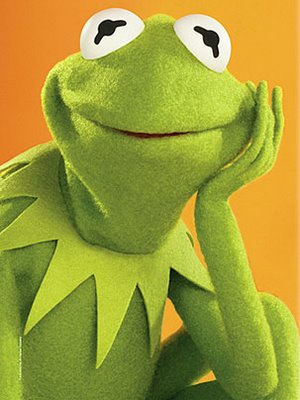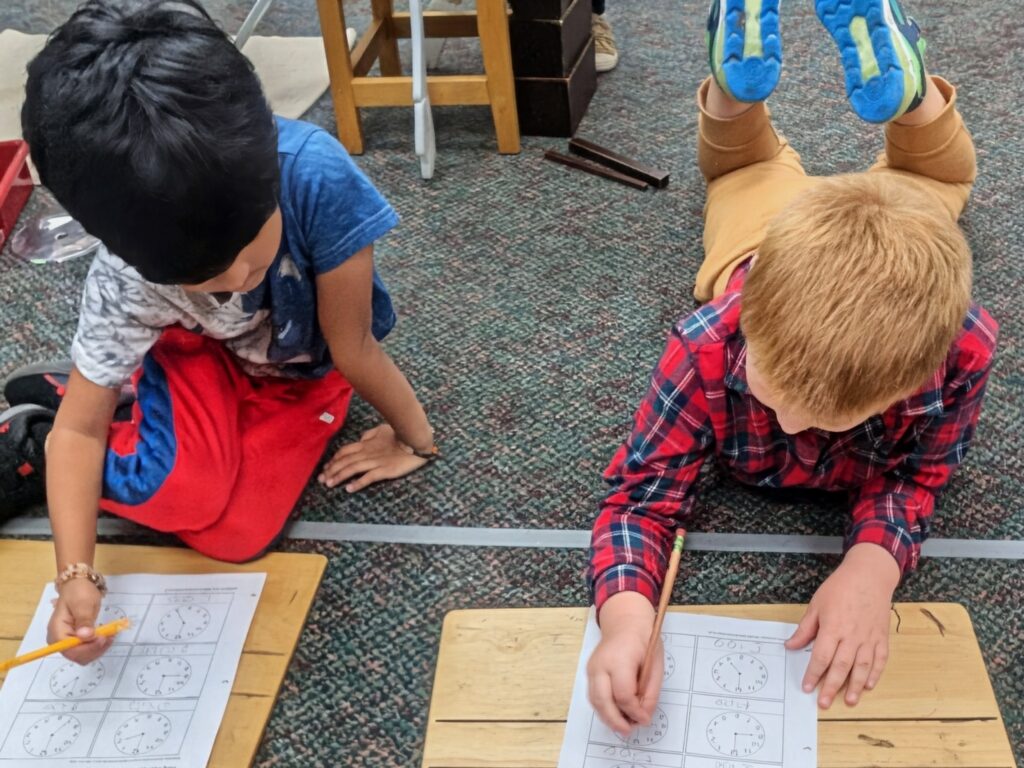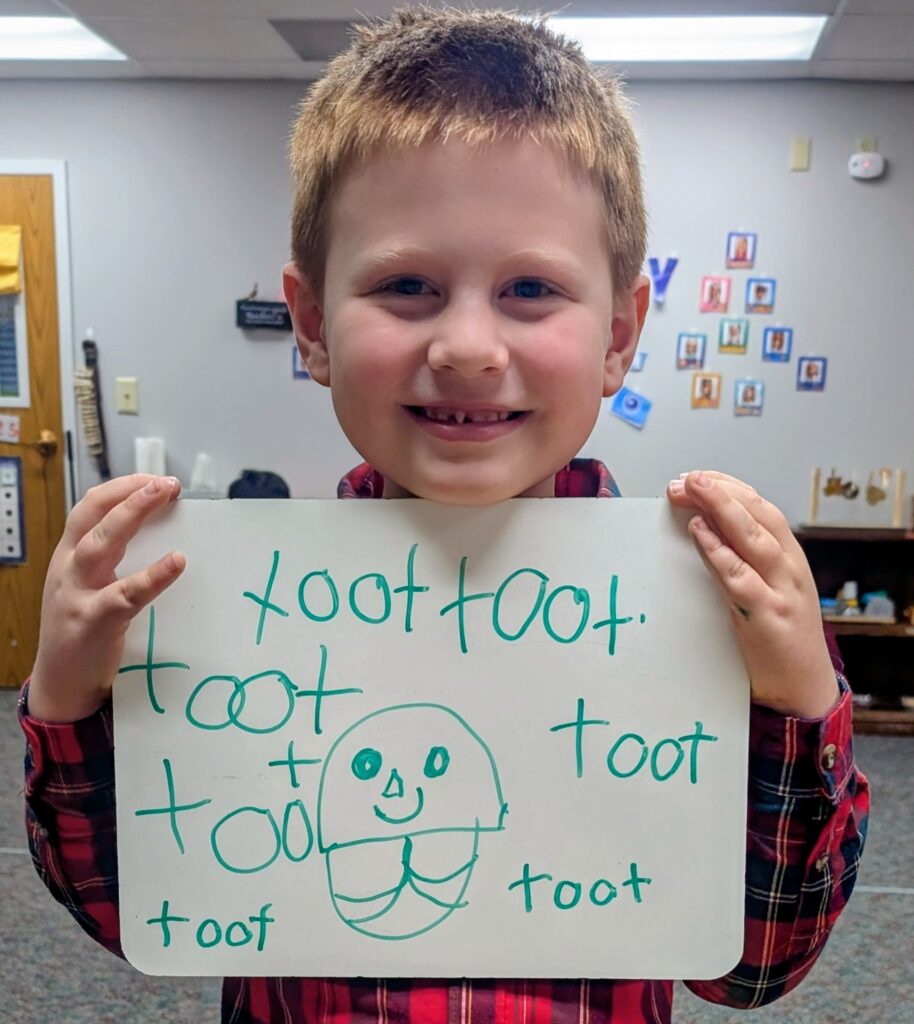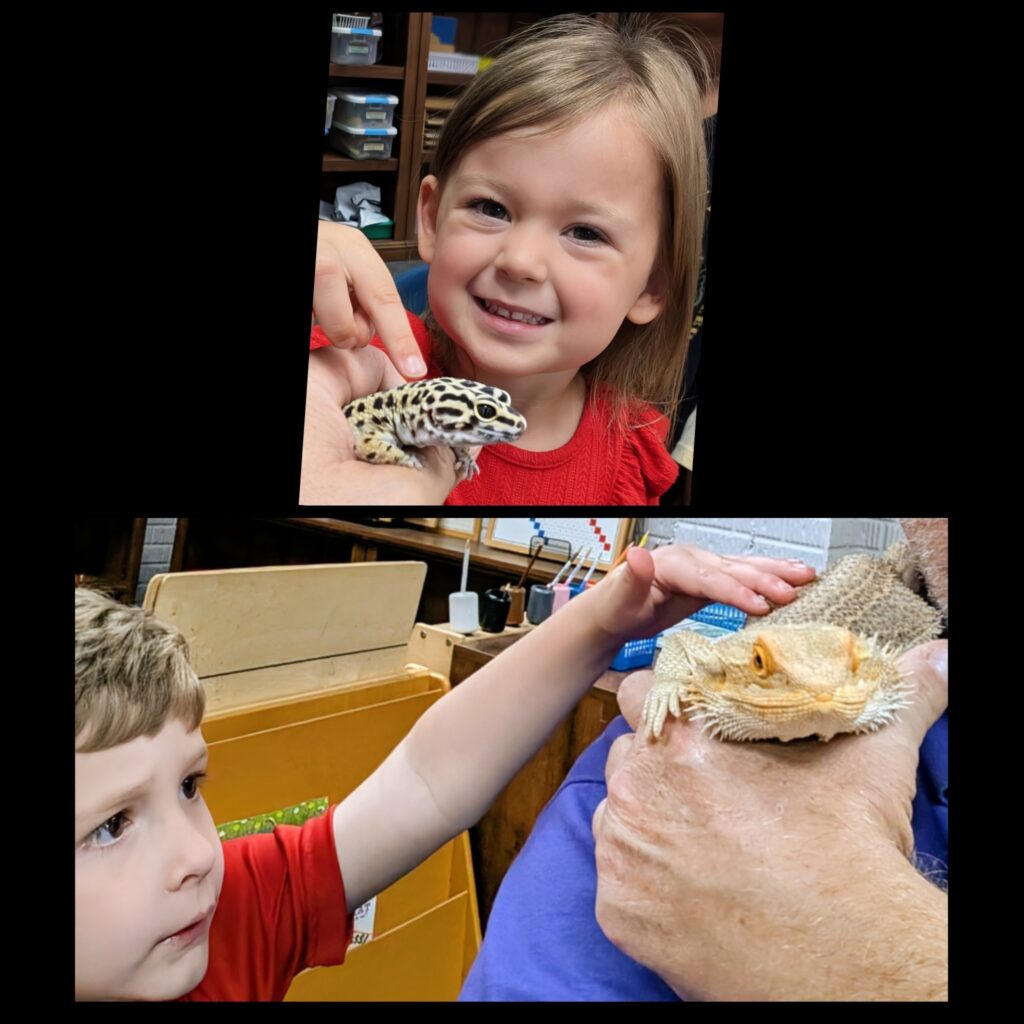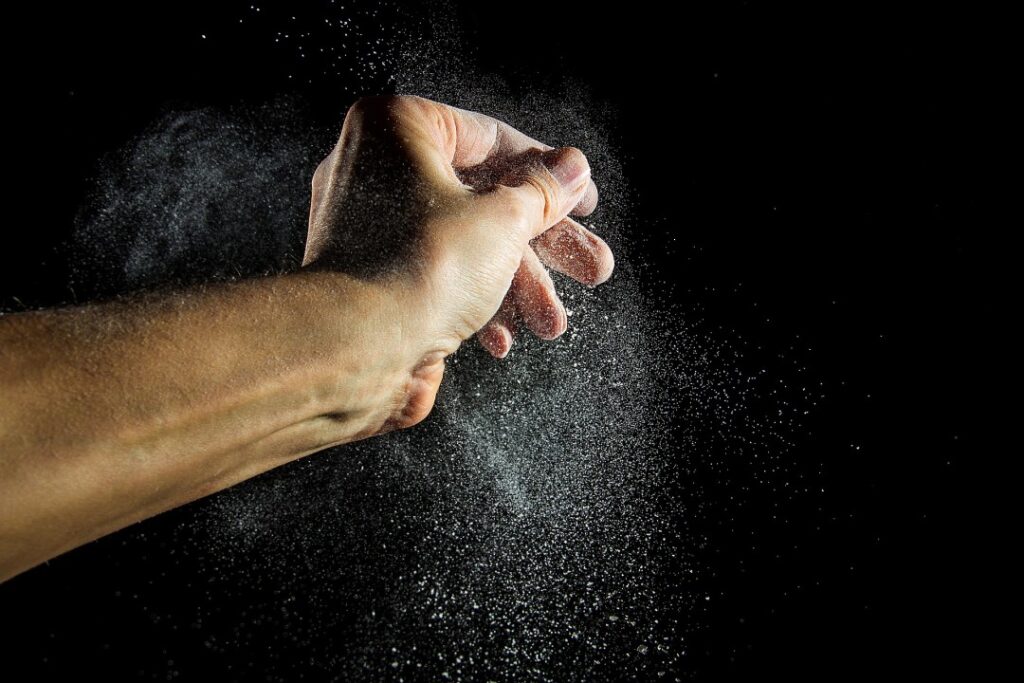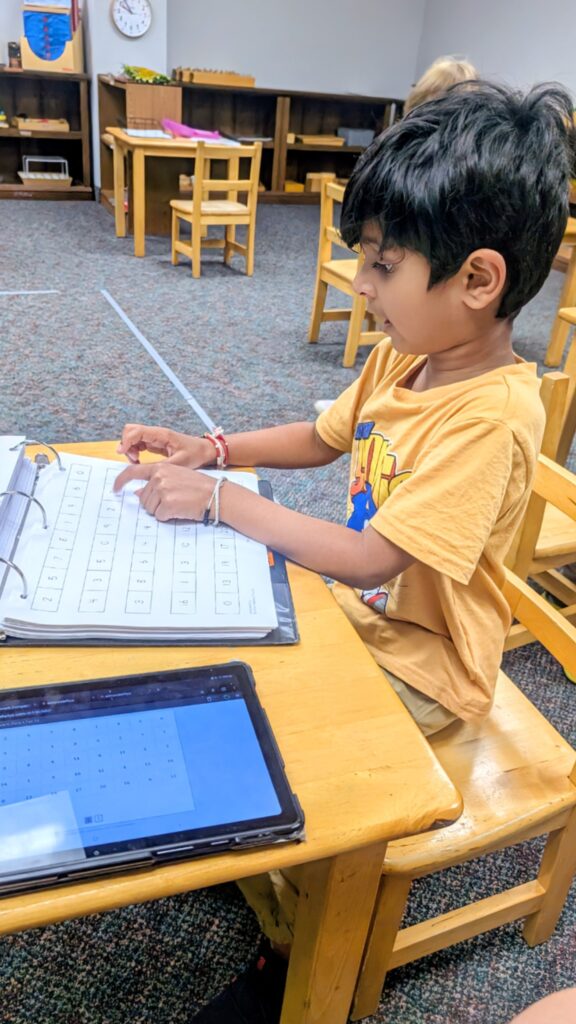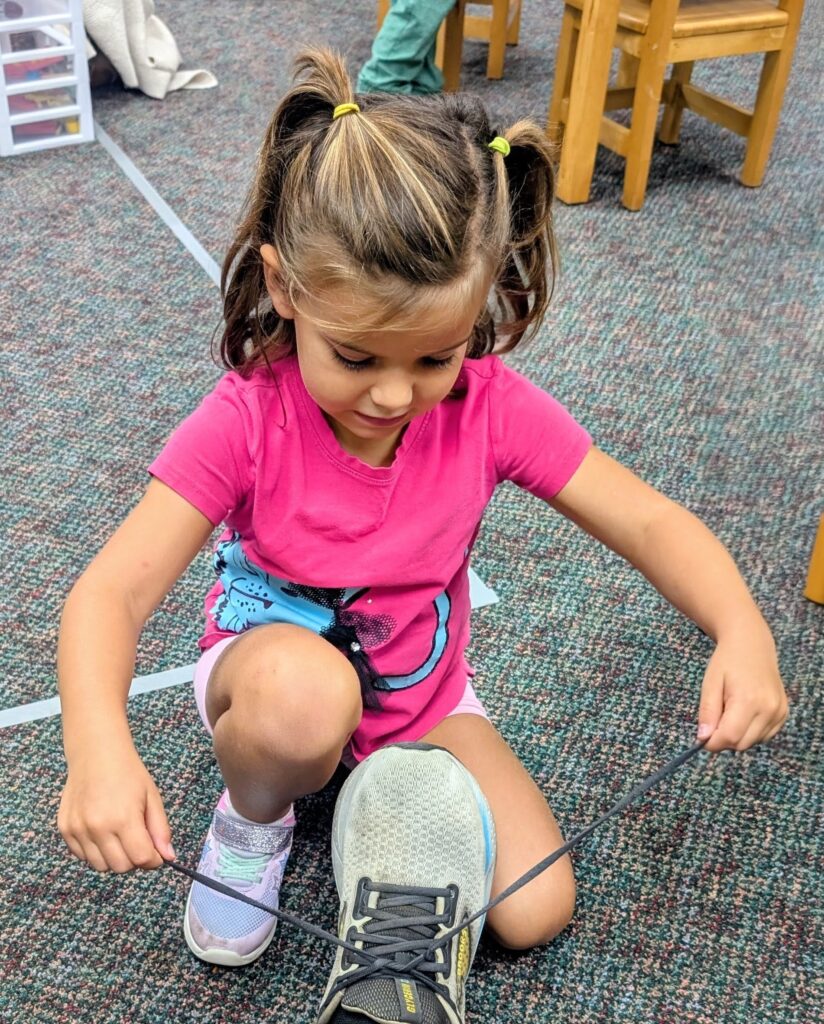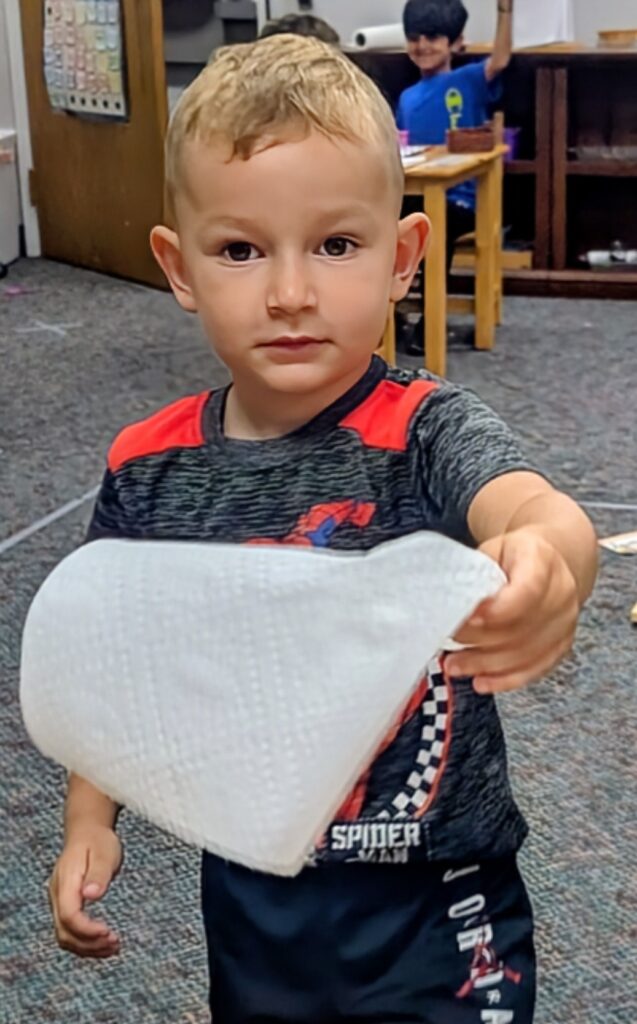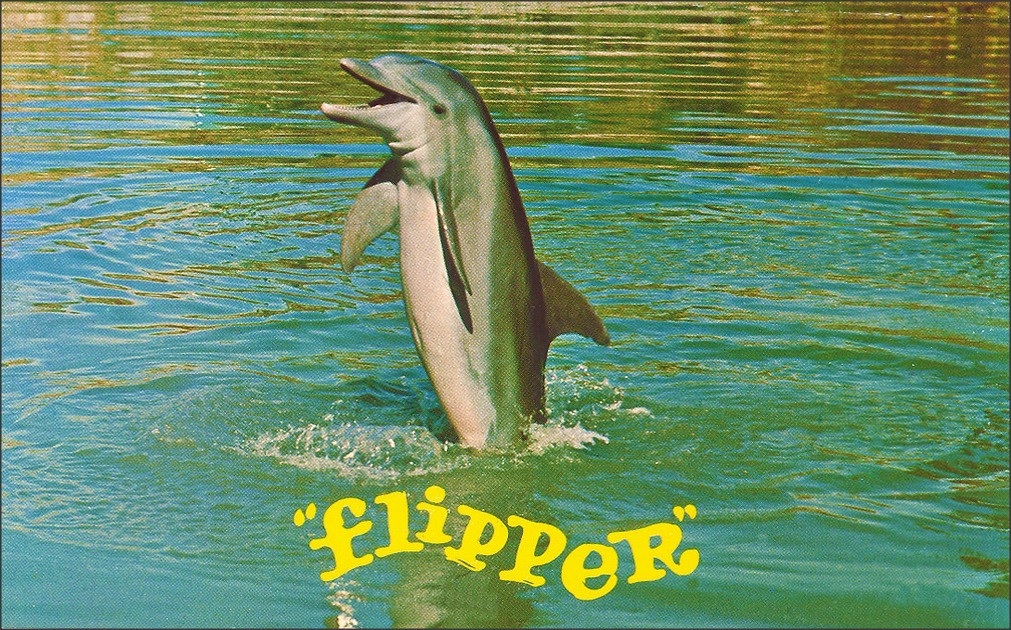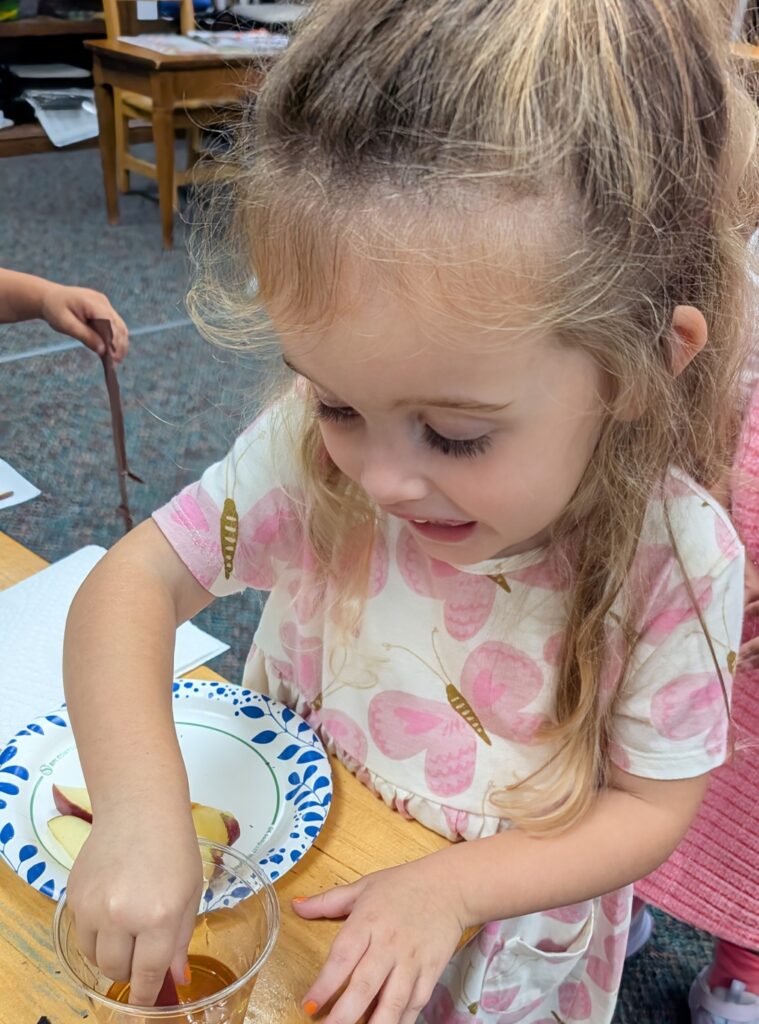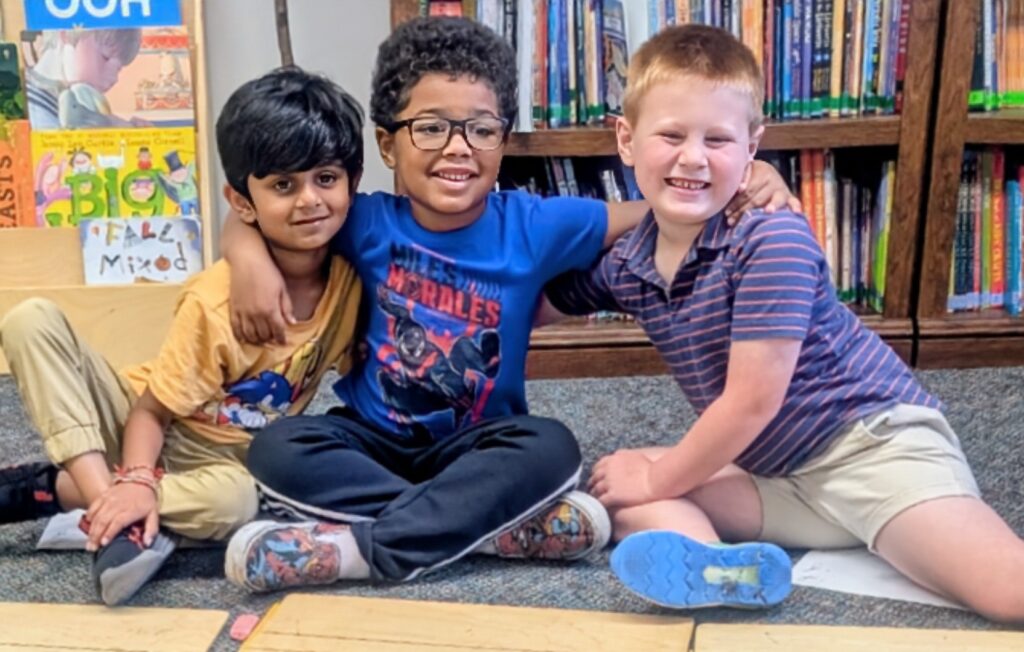Thee Buckeye Bulletin
Line Time:
Christmas Show Practice:
Your children are rocking it!
Other Stuff:
Letter Of The Week: None due to Christmas Program Practice
Rhyming Word Of The Week: None due to Christmas Program Practice
A Word From Mr. John (Green Olives…..YUMMY or not):
Cultural Subjects:
December Birthdays: A Montessori Classroom prides itself on being multi-aged. Here are our newest 5-year-old students.
Did You Know?
Mount Everest has over 200 corpses that are currently used as landmarks along the various routes to the summit. The difficulty and extreme danger of retrieval mean most are left where they fall.
Foreign Languages: Your children can now count to ten in 12 languages (English, Latin, Sign Language, Spanish, German, French, Greek, Japanese, Arabic with Lebanese dialect, Italian, Russian, Romanian).
Know Your Languages: None due to Christmas Program Practice
St. Nicholas Day:
Special Spot: (Science):

Peek In Our Week:
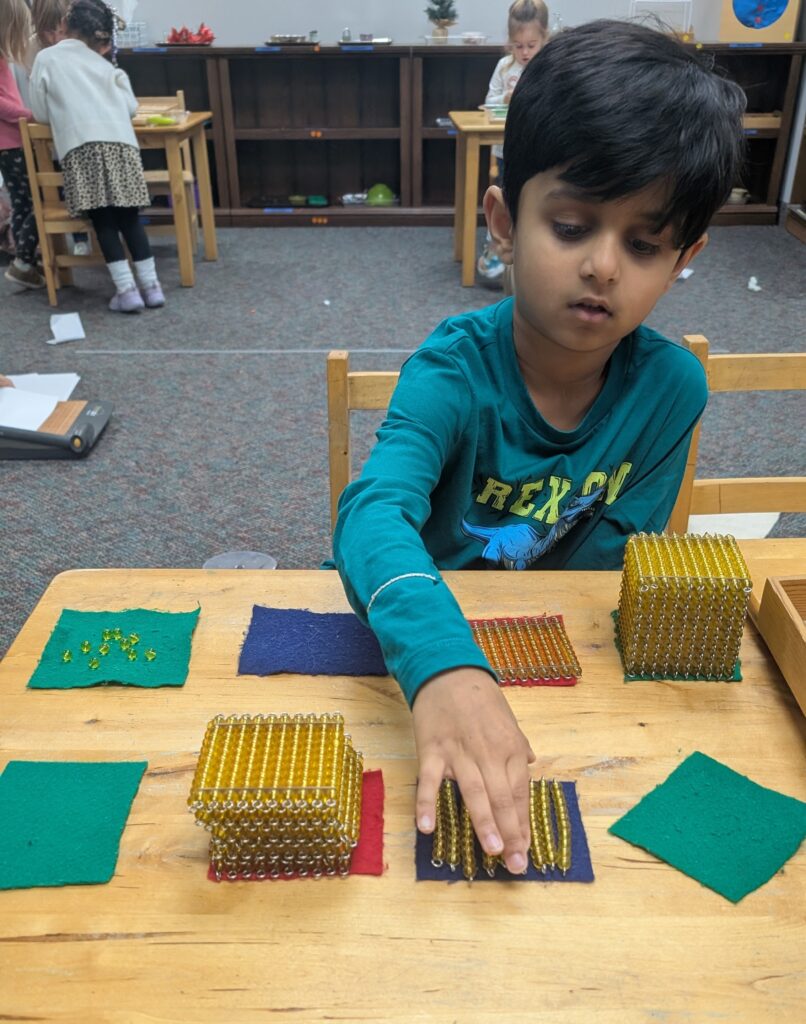
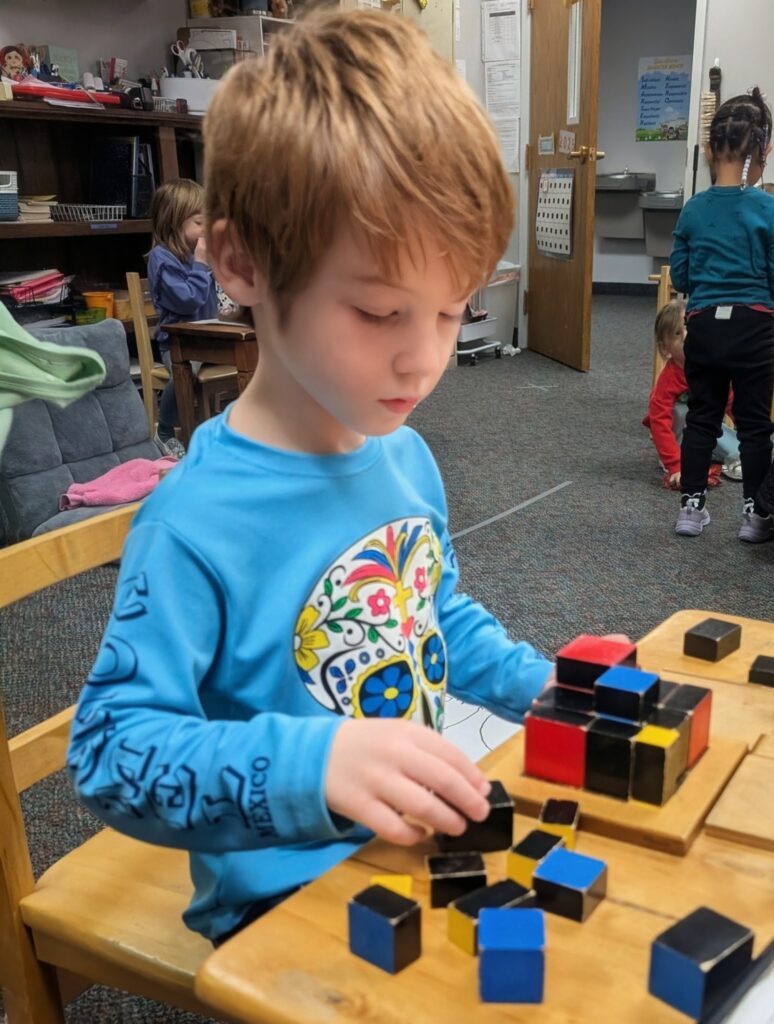
foster early confidence with structured, logical tasks.

Peek Into Next Week:
Weekly Theme: None due to Christmas Program Practice
Letter Of The Week: None due to Christmas Program Practice
Rhyming Word Of The Week: None due to Christmas Program Practice
Academic Enrichment aka Kindergarten:
This Week in Kindergarten:
Synonym Of The Week: None due to Christmas Program Practice
Sight Words Of The Week: None due to Christmas Program Practice
Next Week in Kindergarten:
Parts of Plants
Synonym Of The Week: None due to Christmas Program Practice
Sight Words Of The Week: None due to Christmas Program Practice
Special Kindergarten Group:
Future Happenings:
*Christmas Show Rehearsal: December, 17 @ 6:00pm-7:30pm
Students arrive by 5:45pm. USE THE RESTROOM and drop off with assigned group.
Cuyahoga Falls High School Auditorium 2300 4th St., Cuyahoga Falls, OH, United States
*AMMS Christmas Show: December, 19 @ 6pm.
Students arrive by 5:30 pm. USE THE RESTROOM and drop off with the assigned group.
Cuyahoga Falls High School Auditorium 2300 4th St., Cuyahoga Falls, OH, United States
*Christmas Break: Saturday, December 20th returning Monday, January 5th
Friends, Frolic, And Fun:

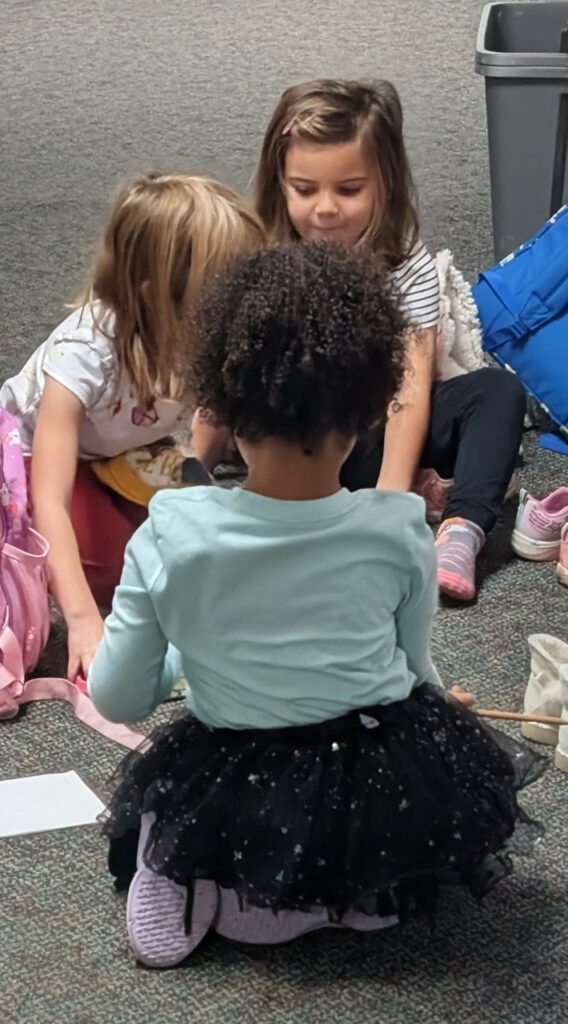
Your Kids Say The Darndest Things (Cats):

